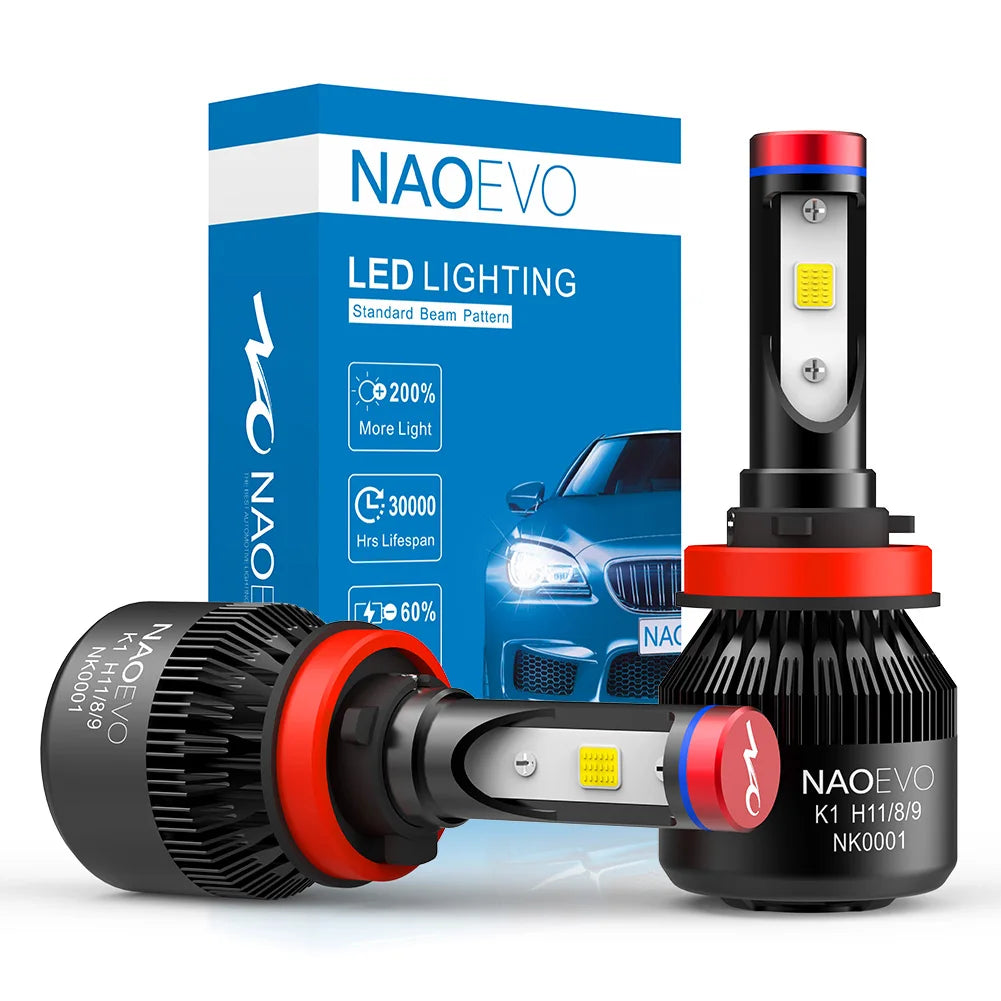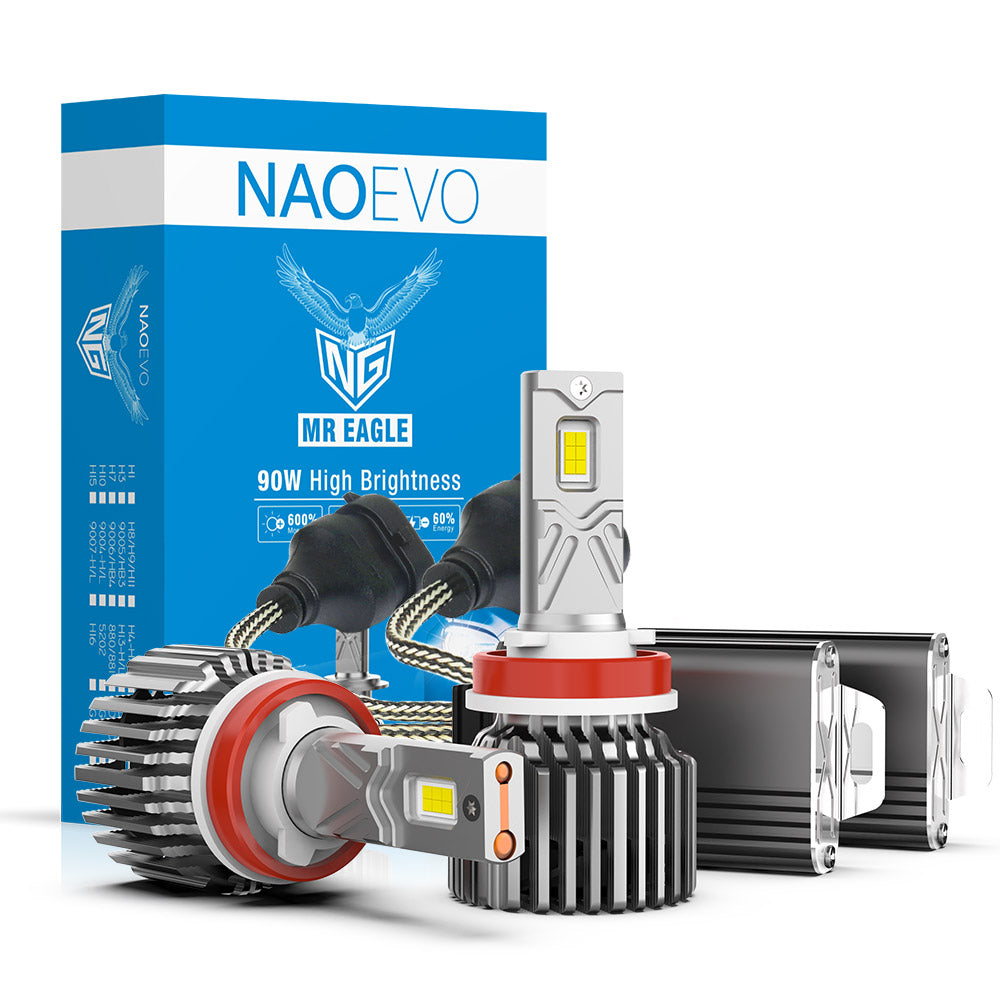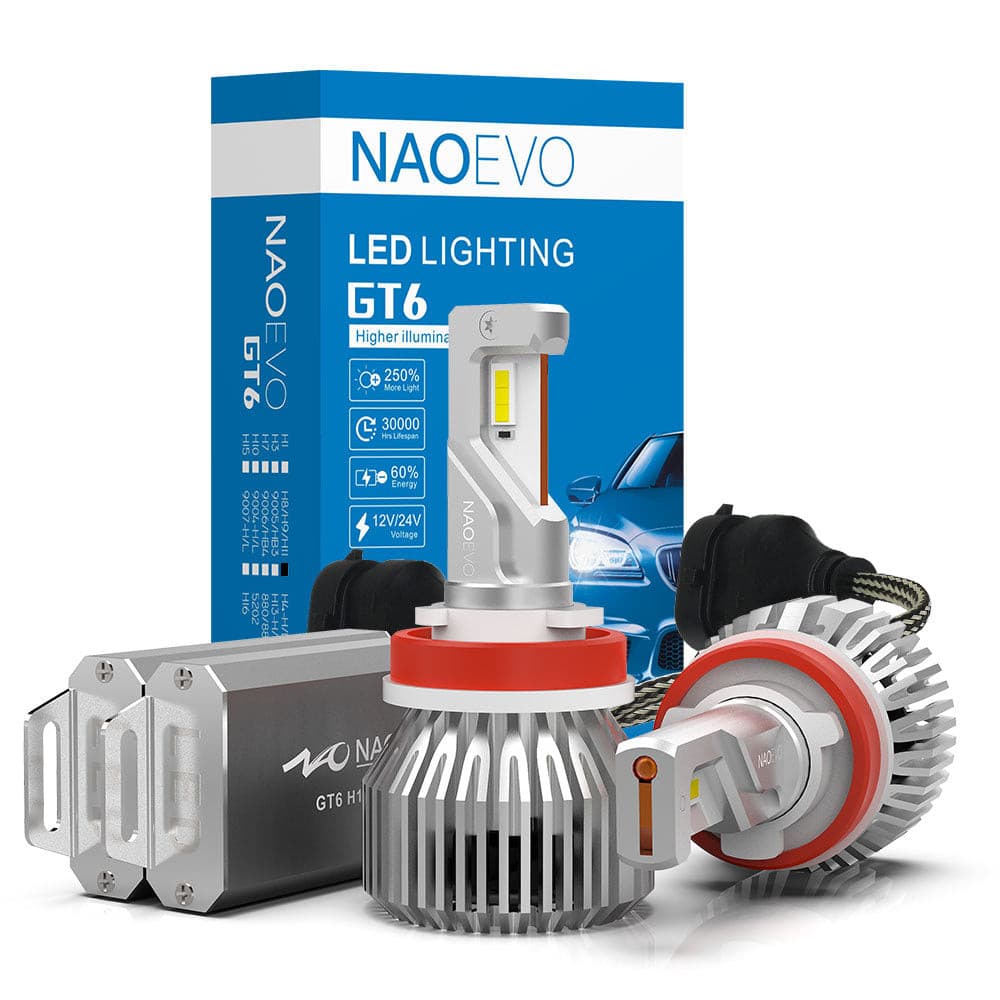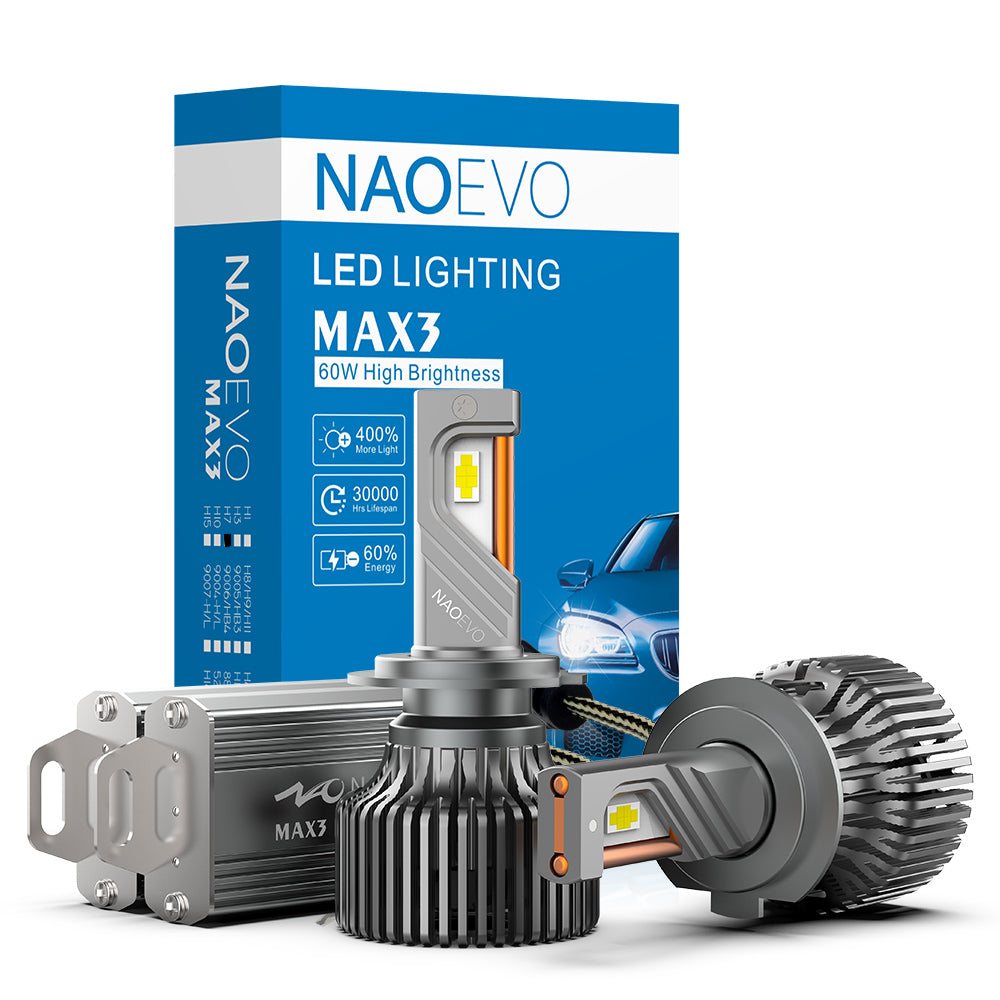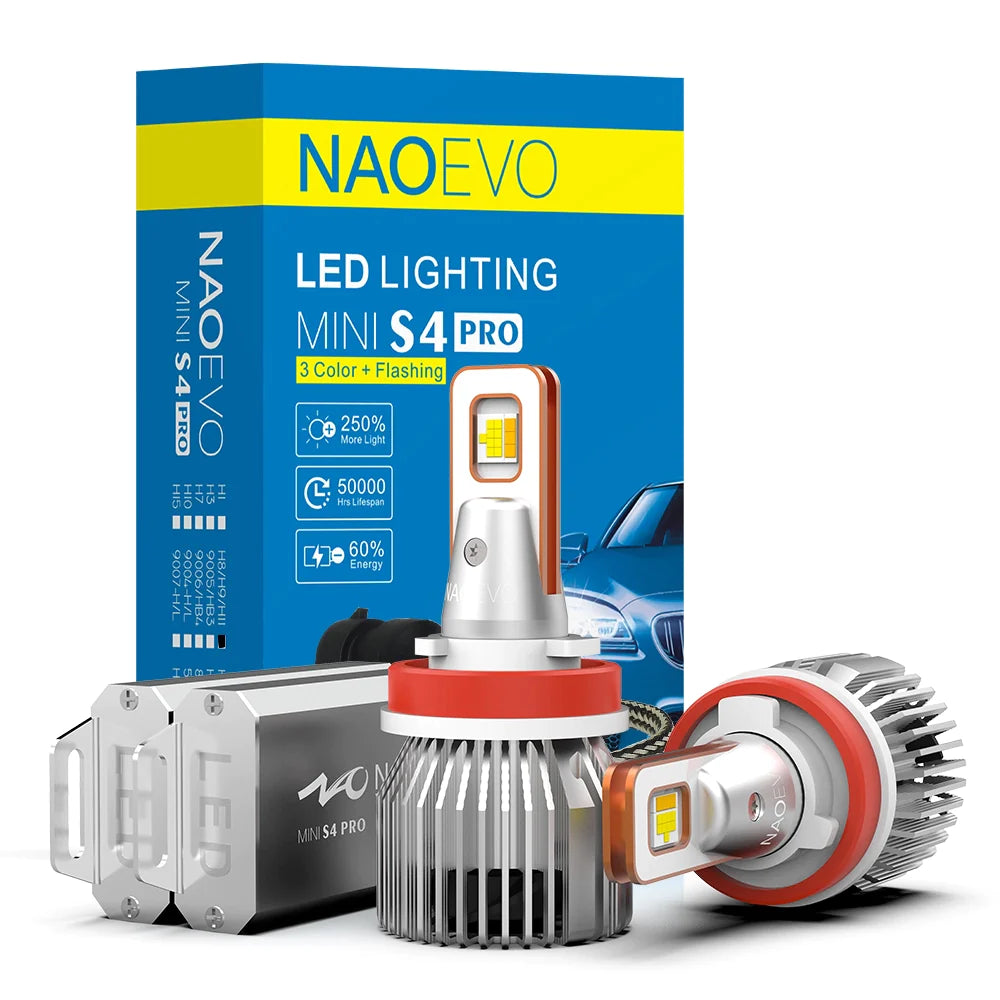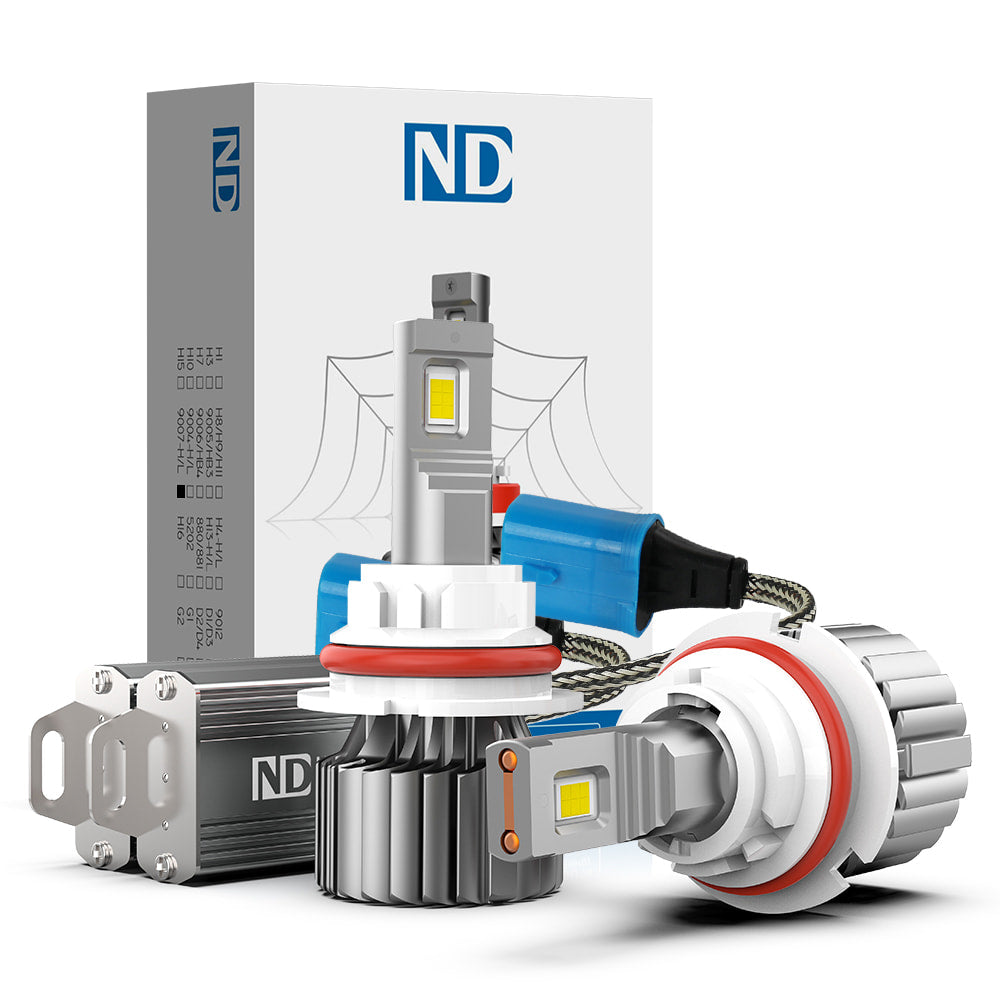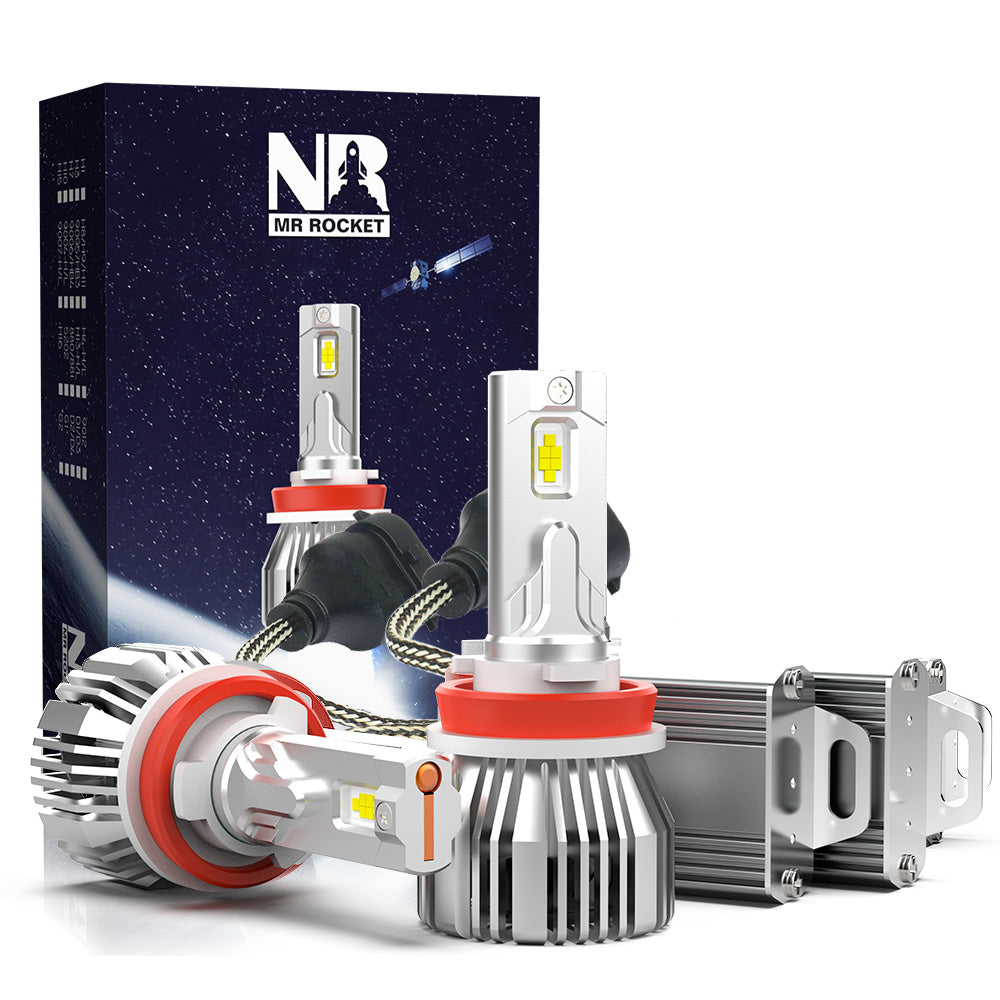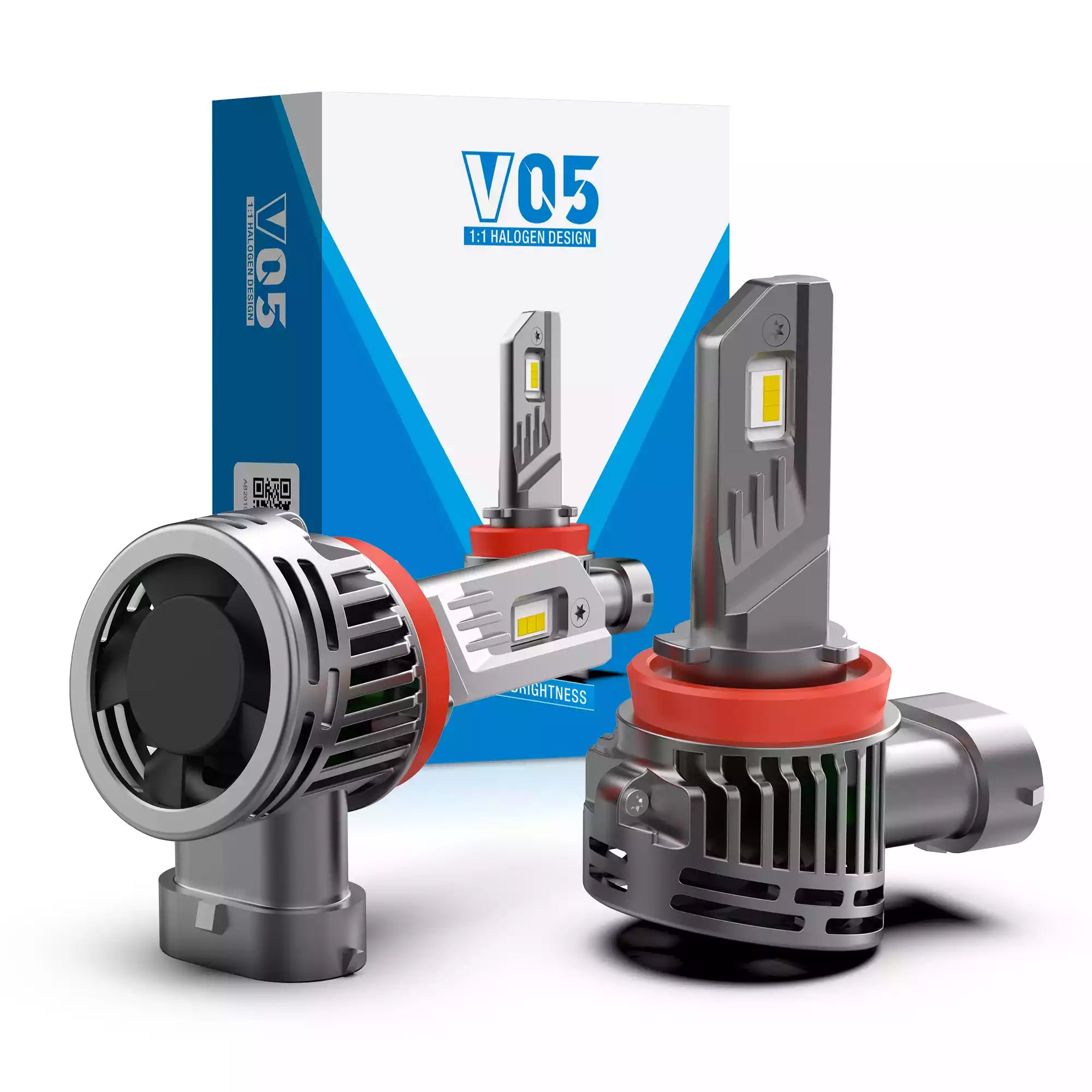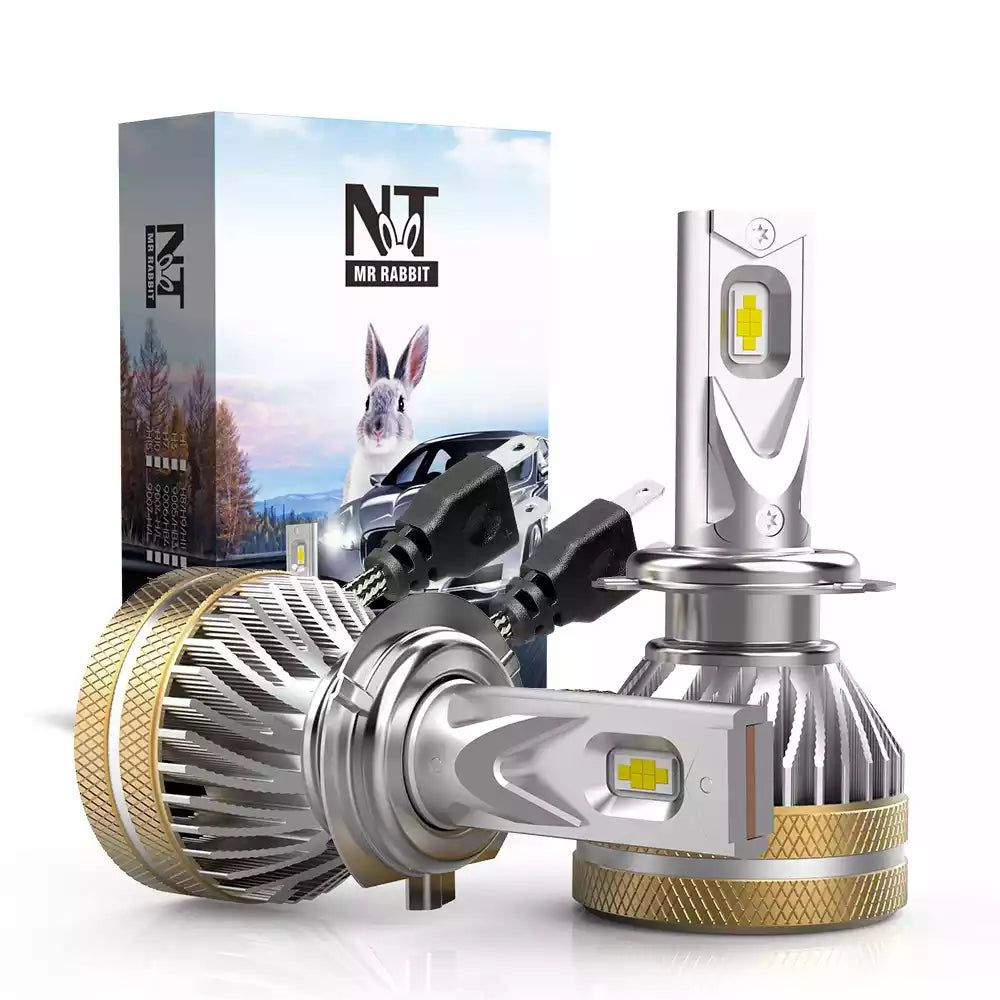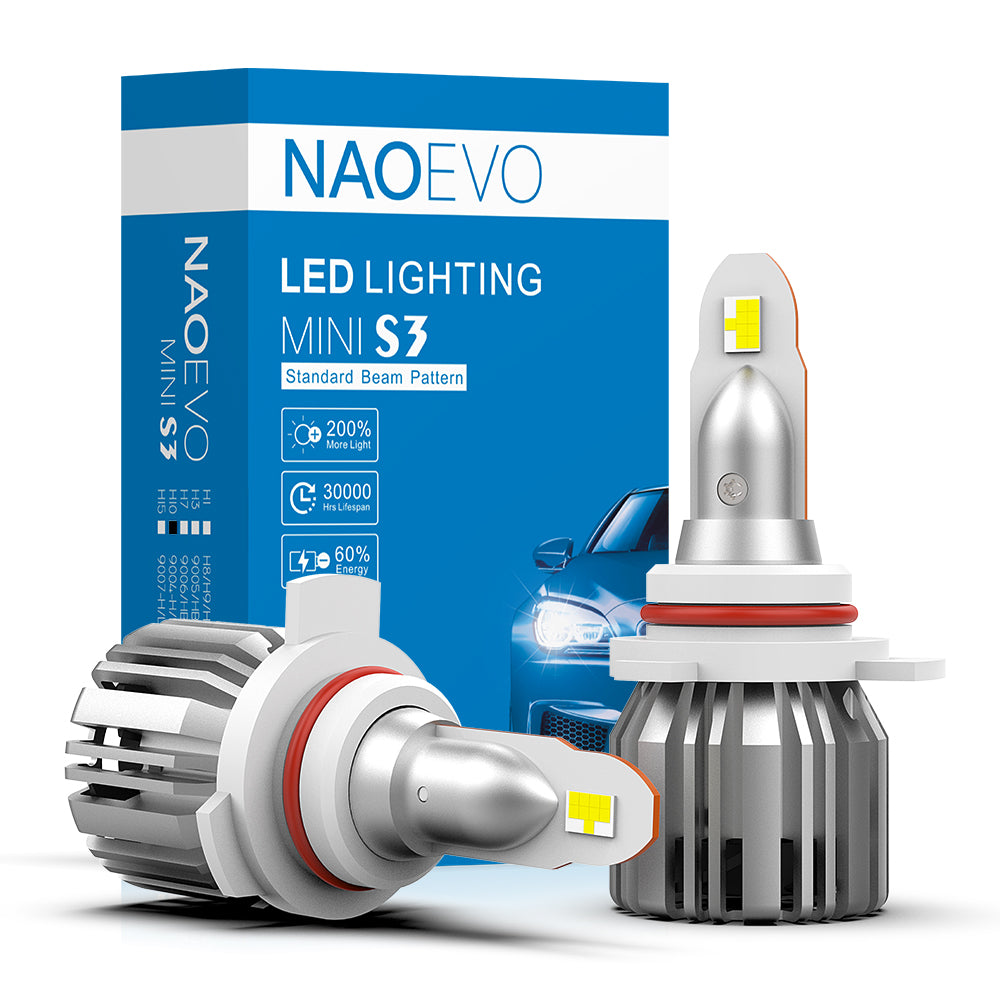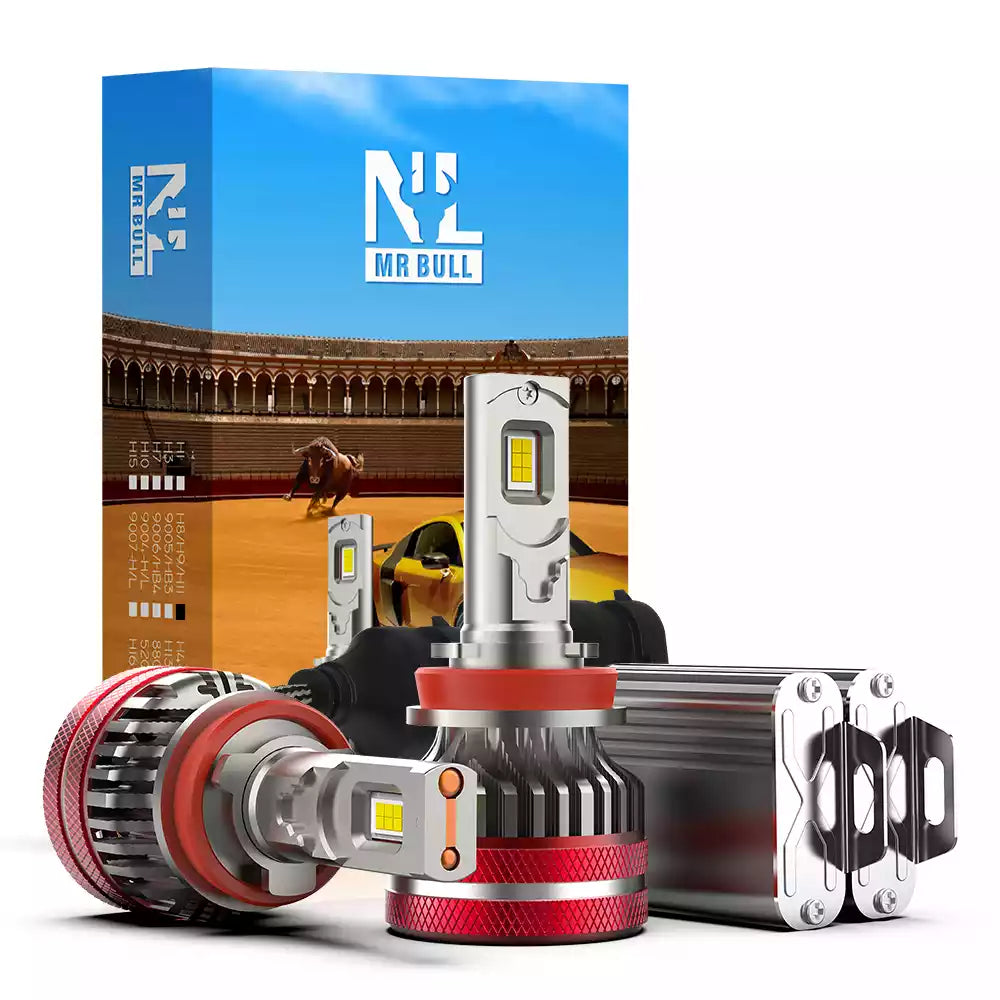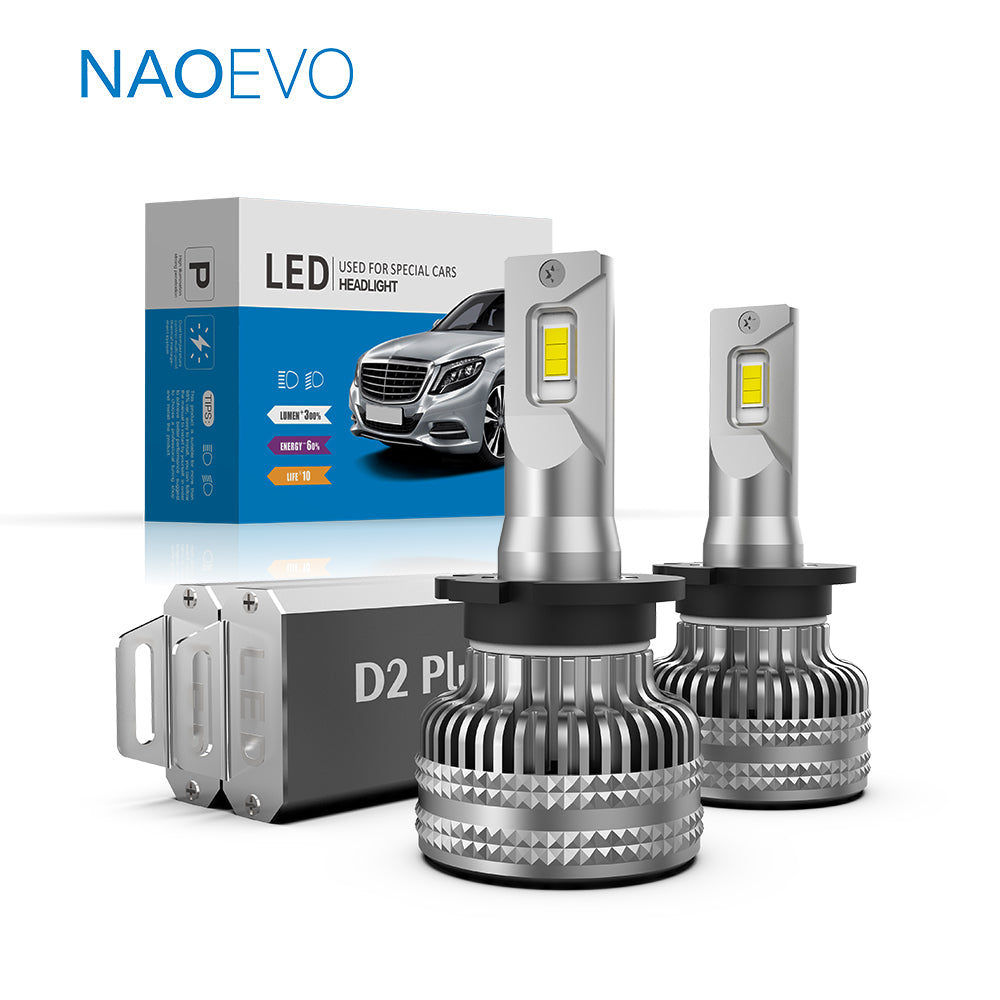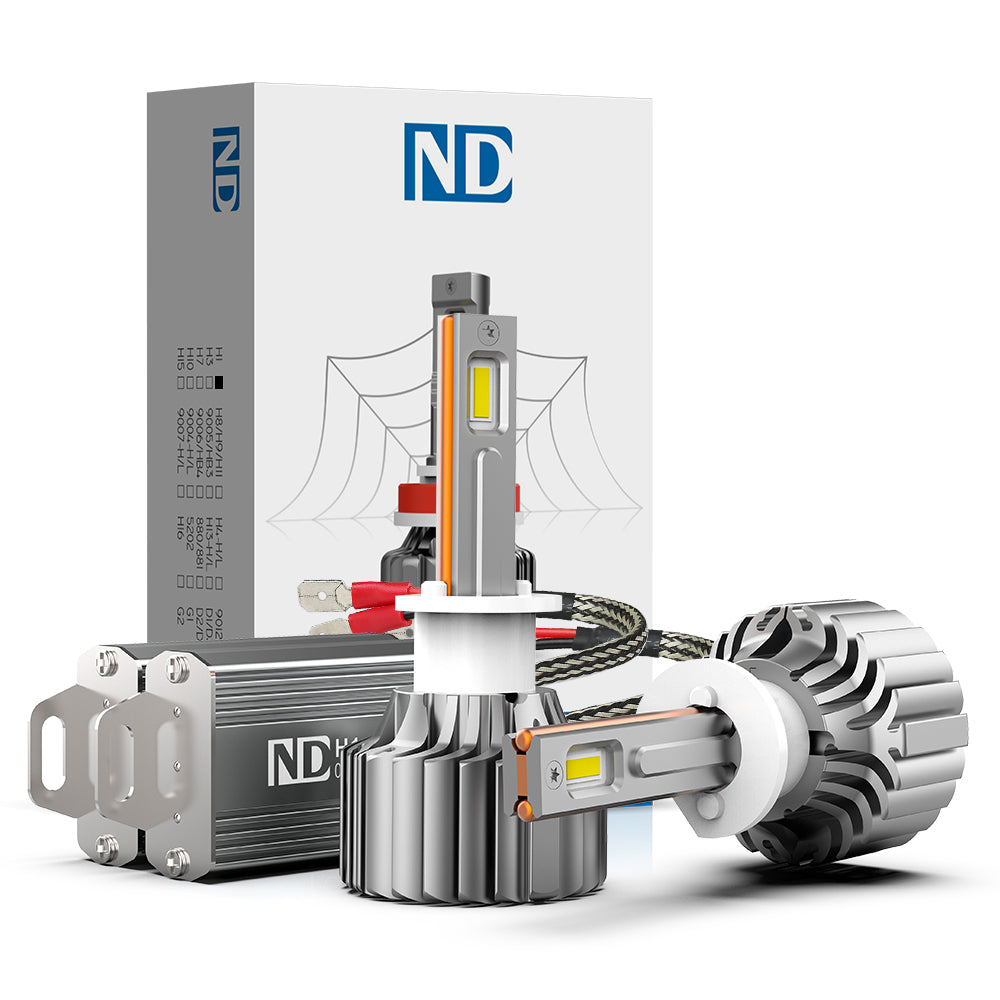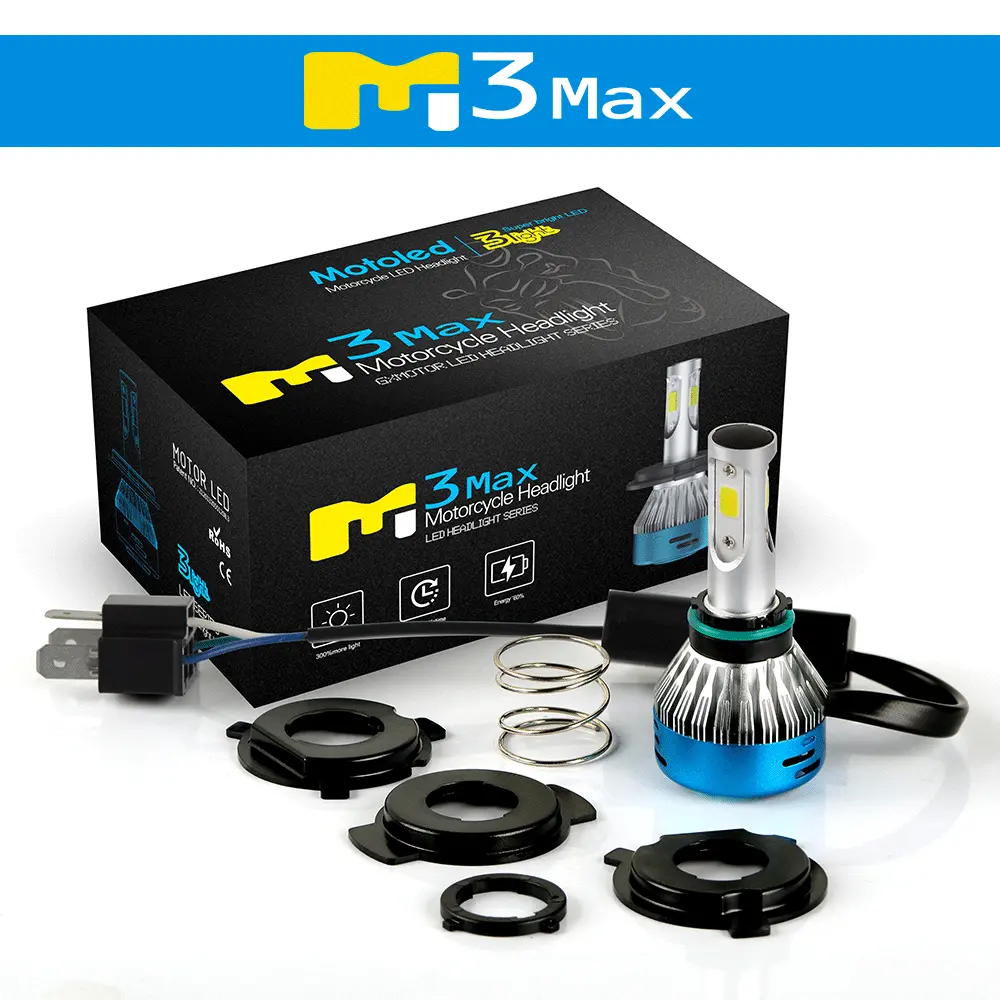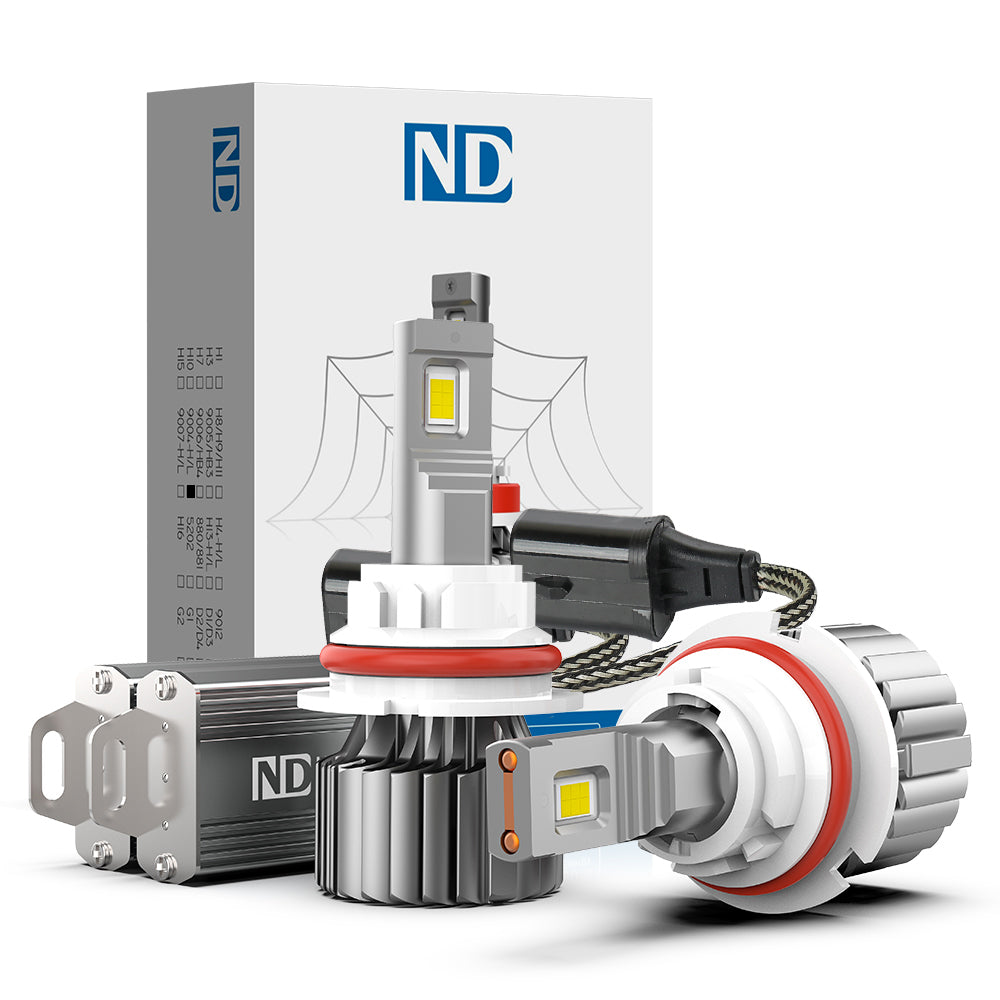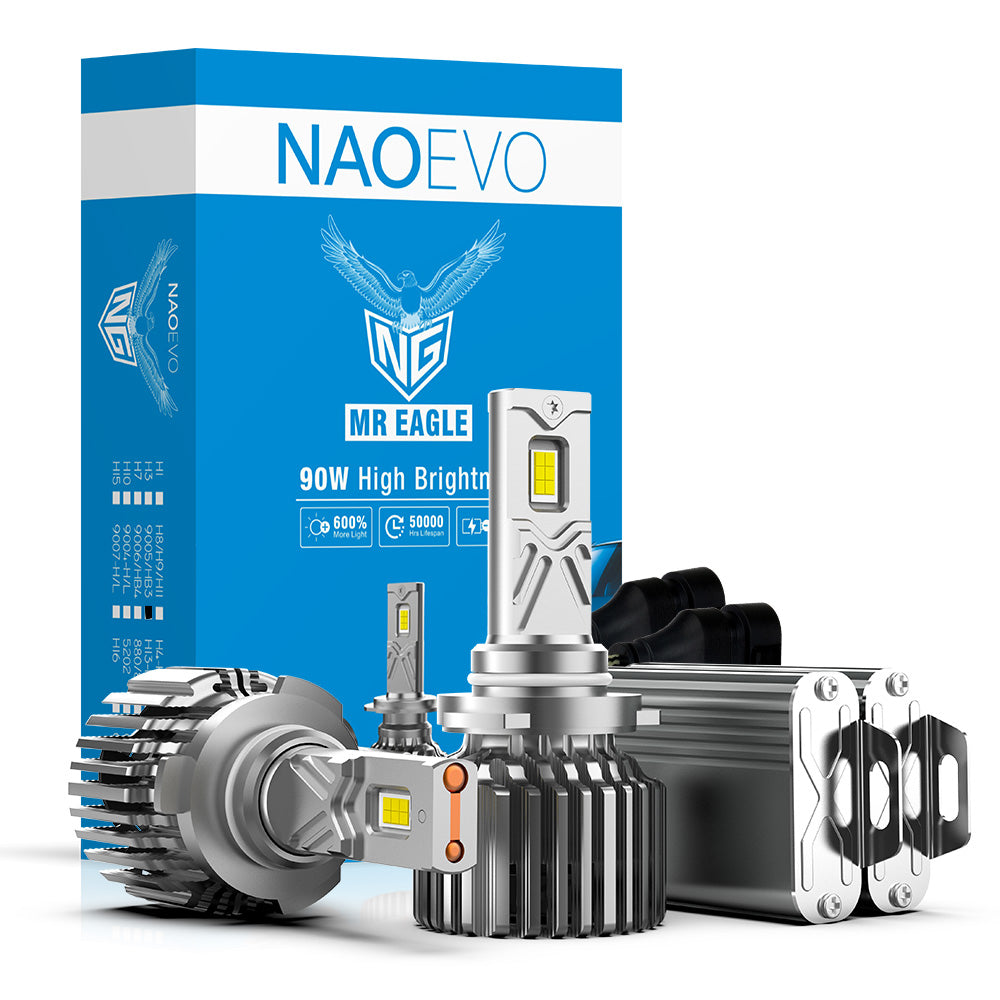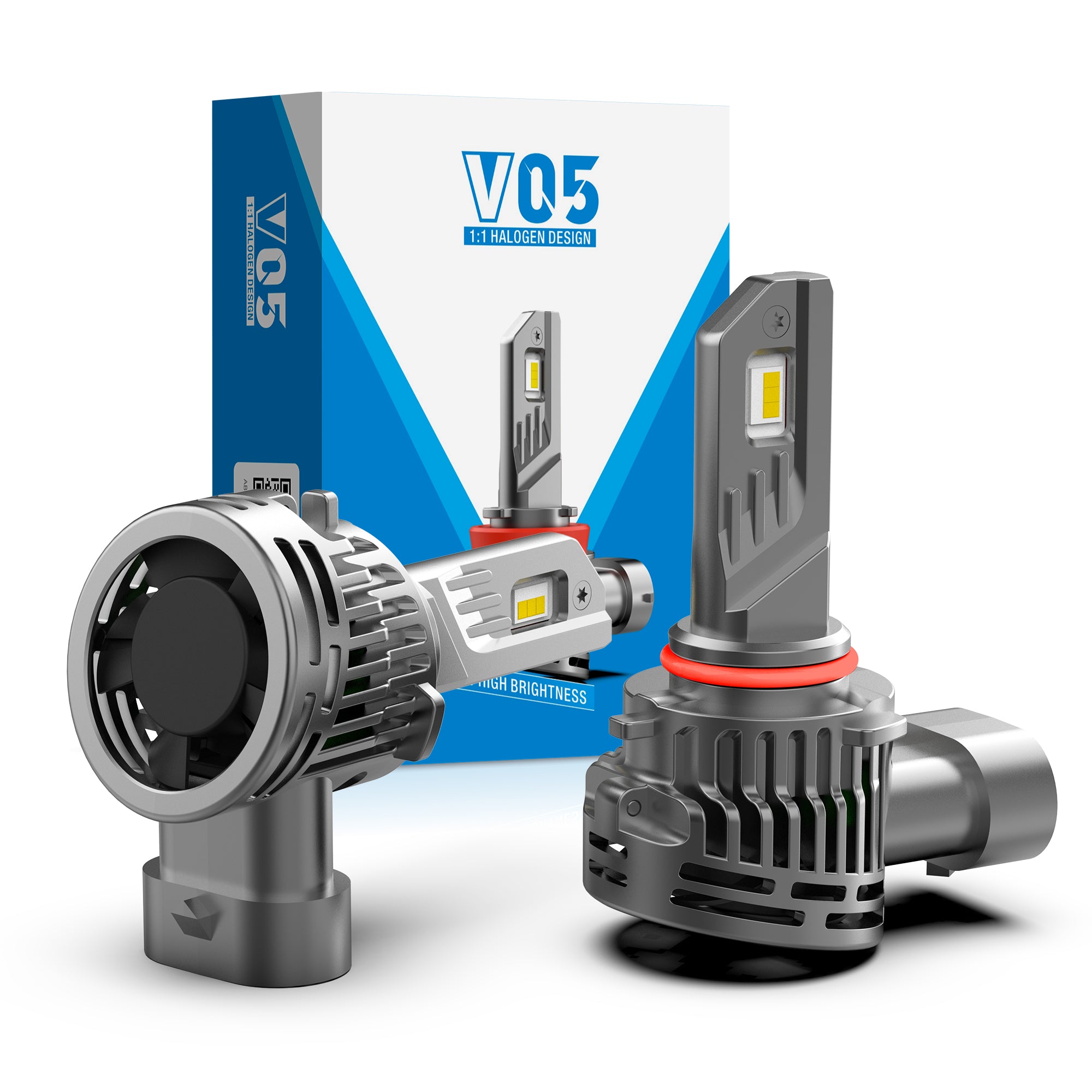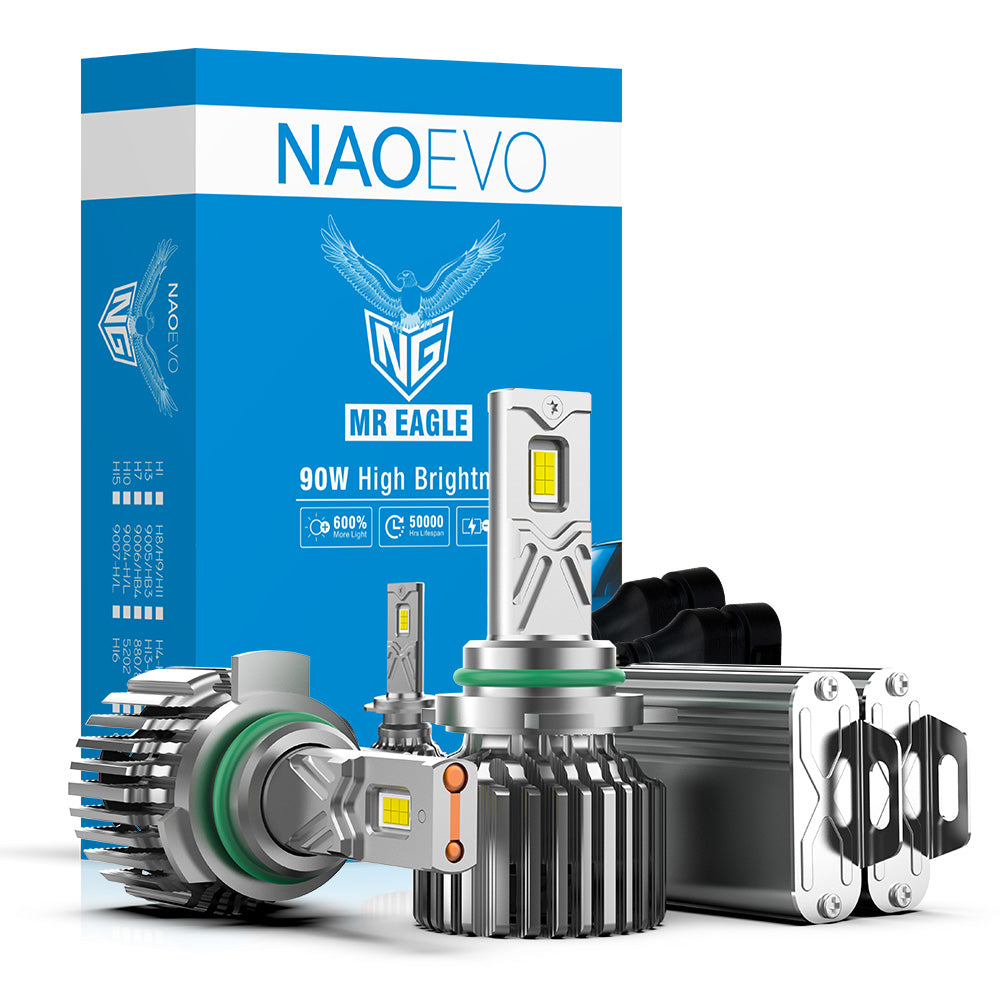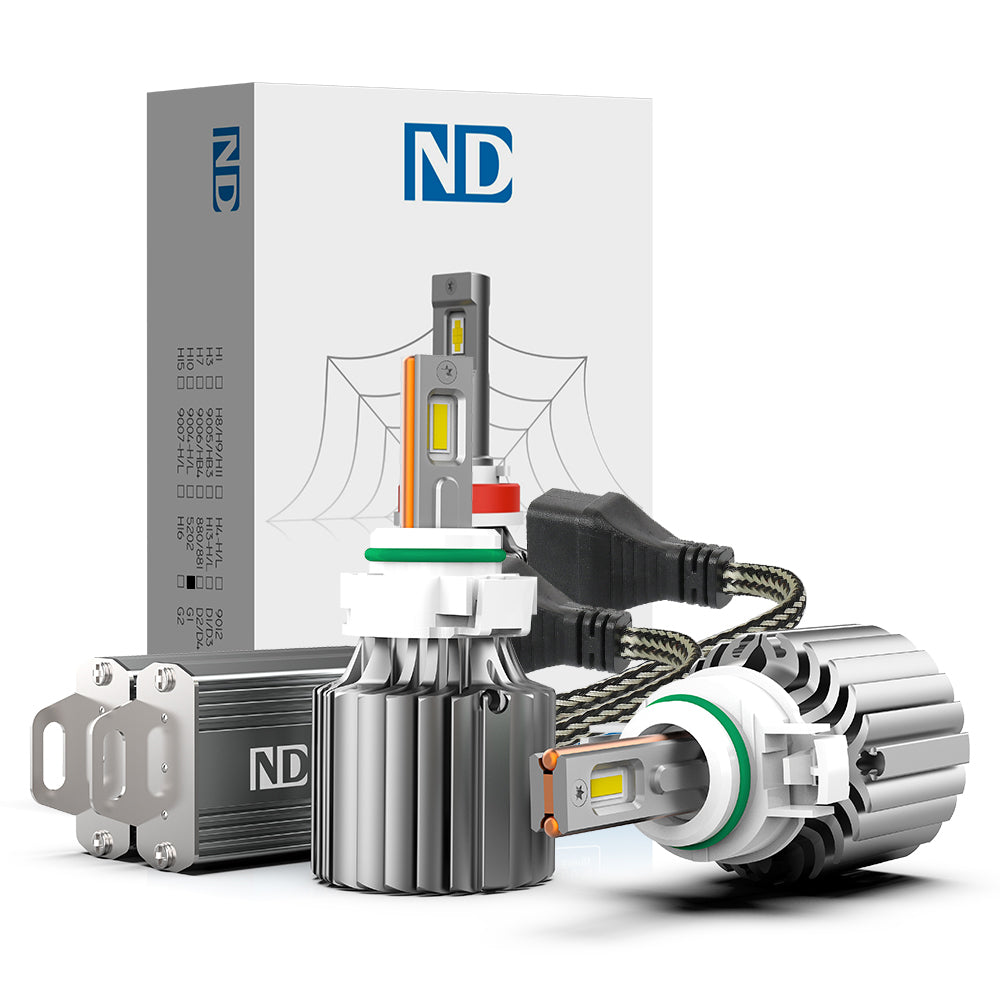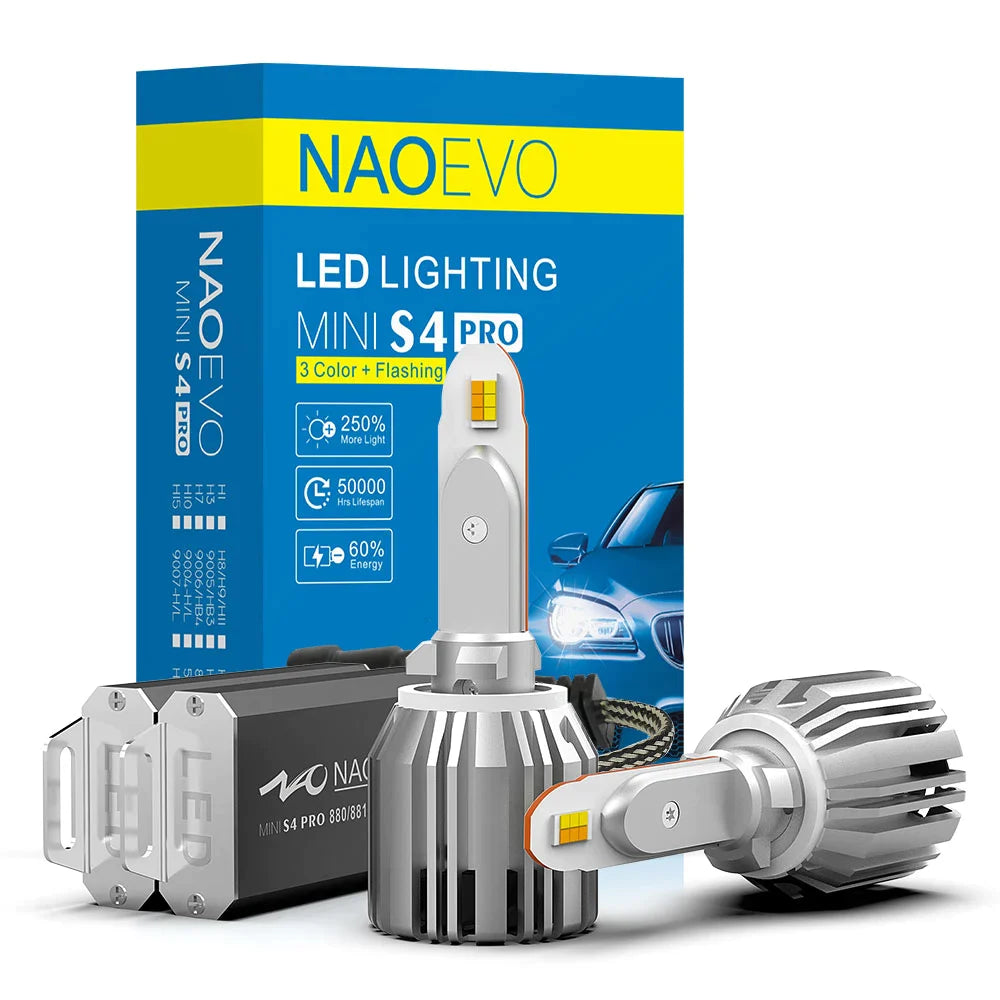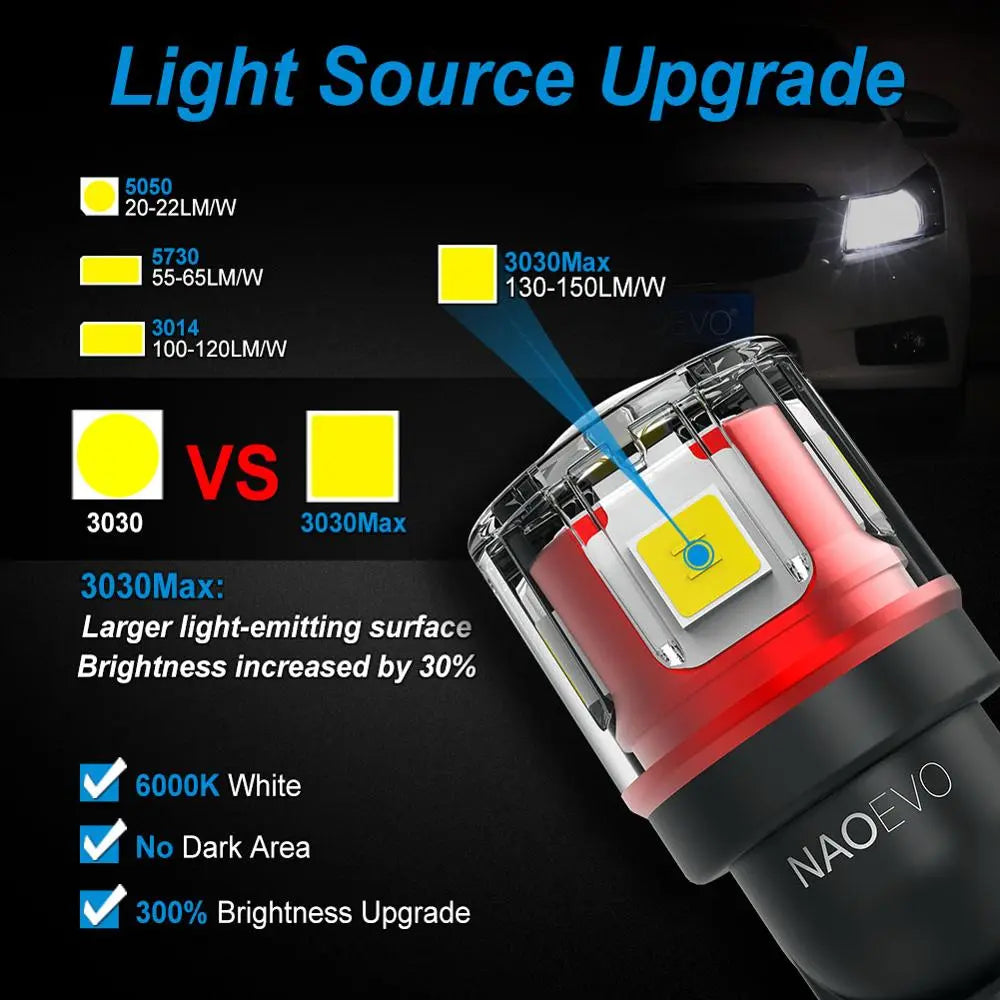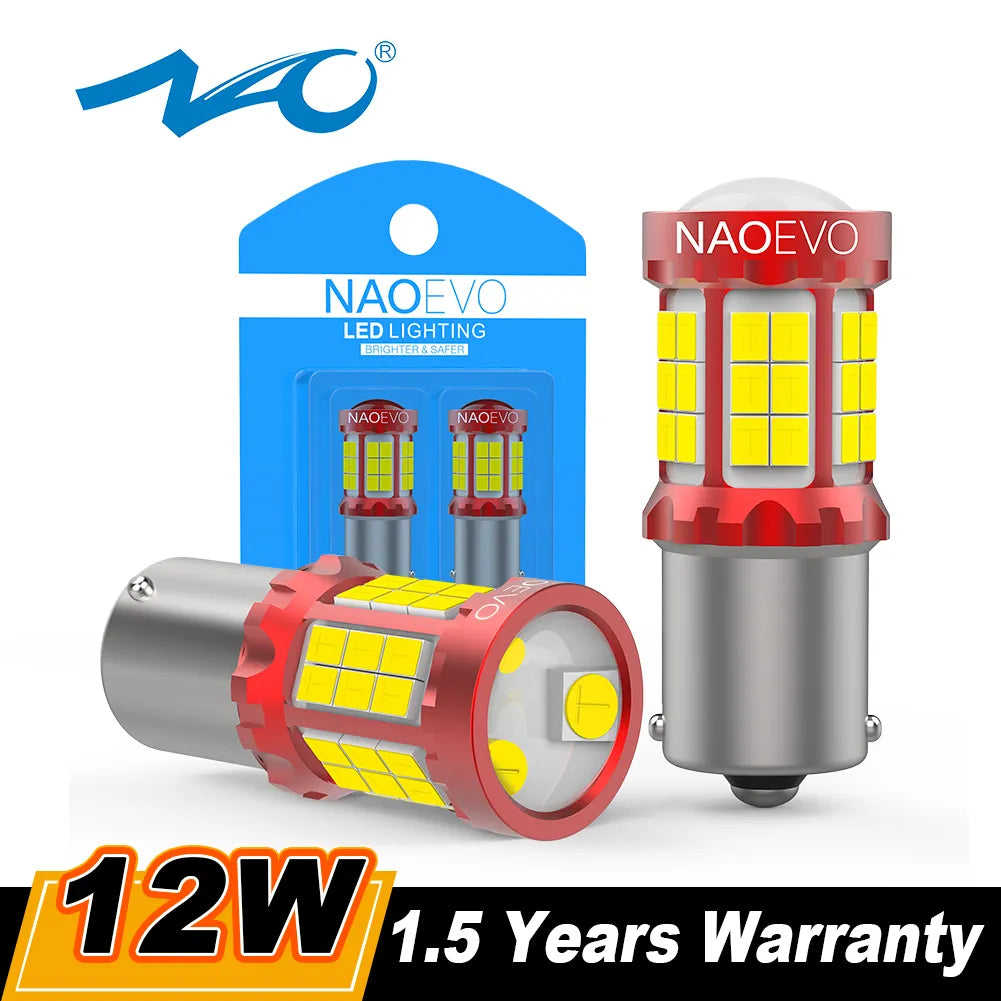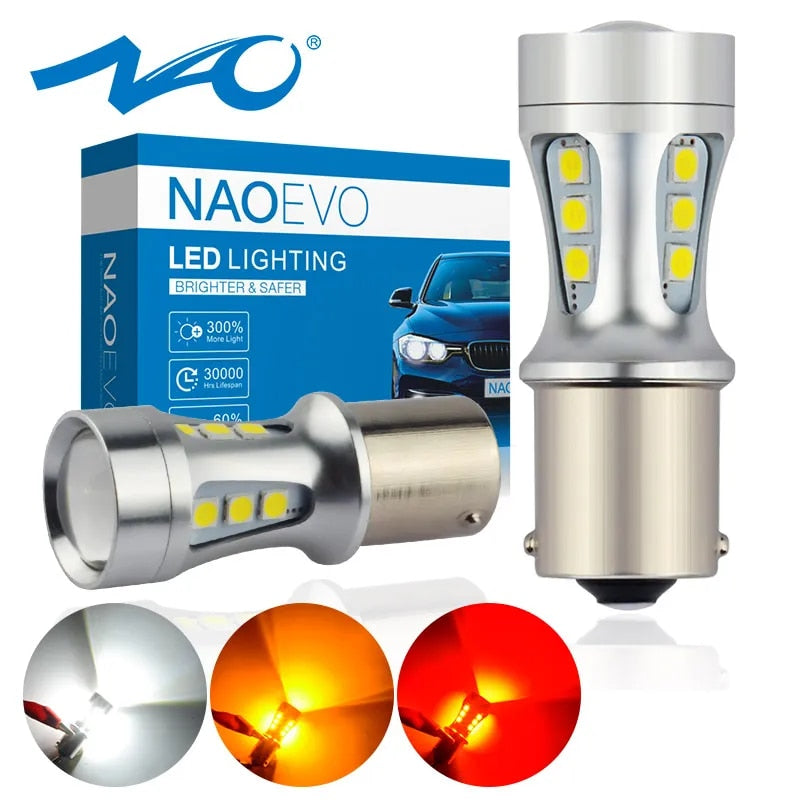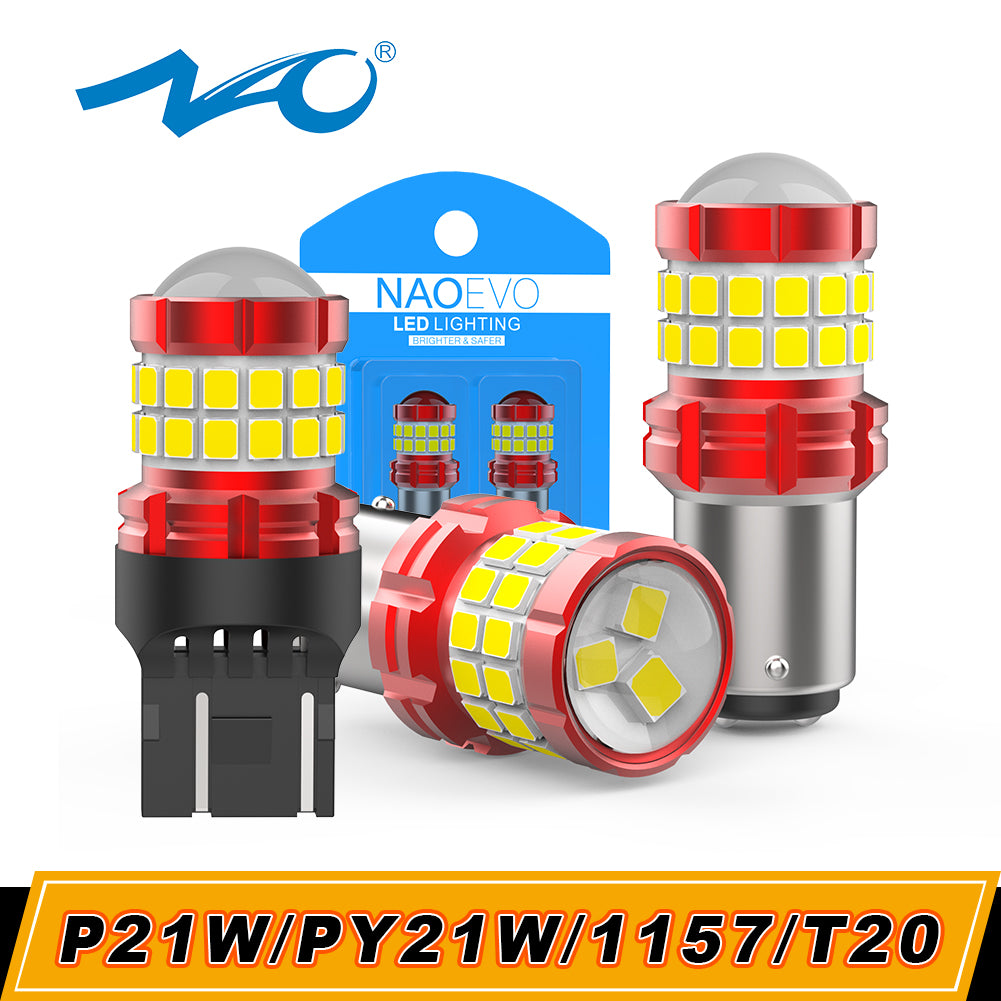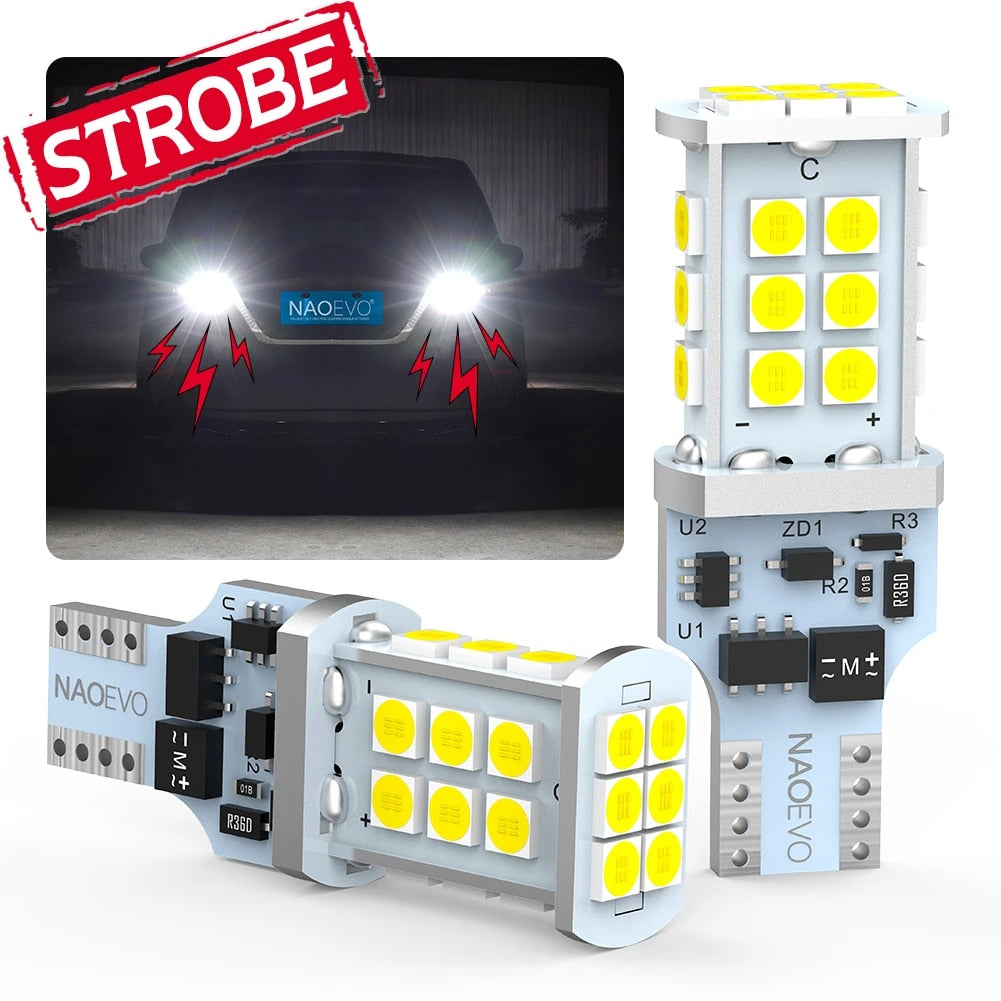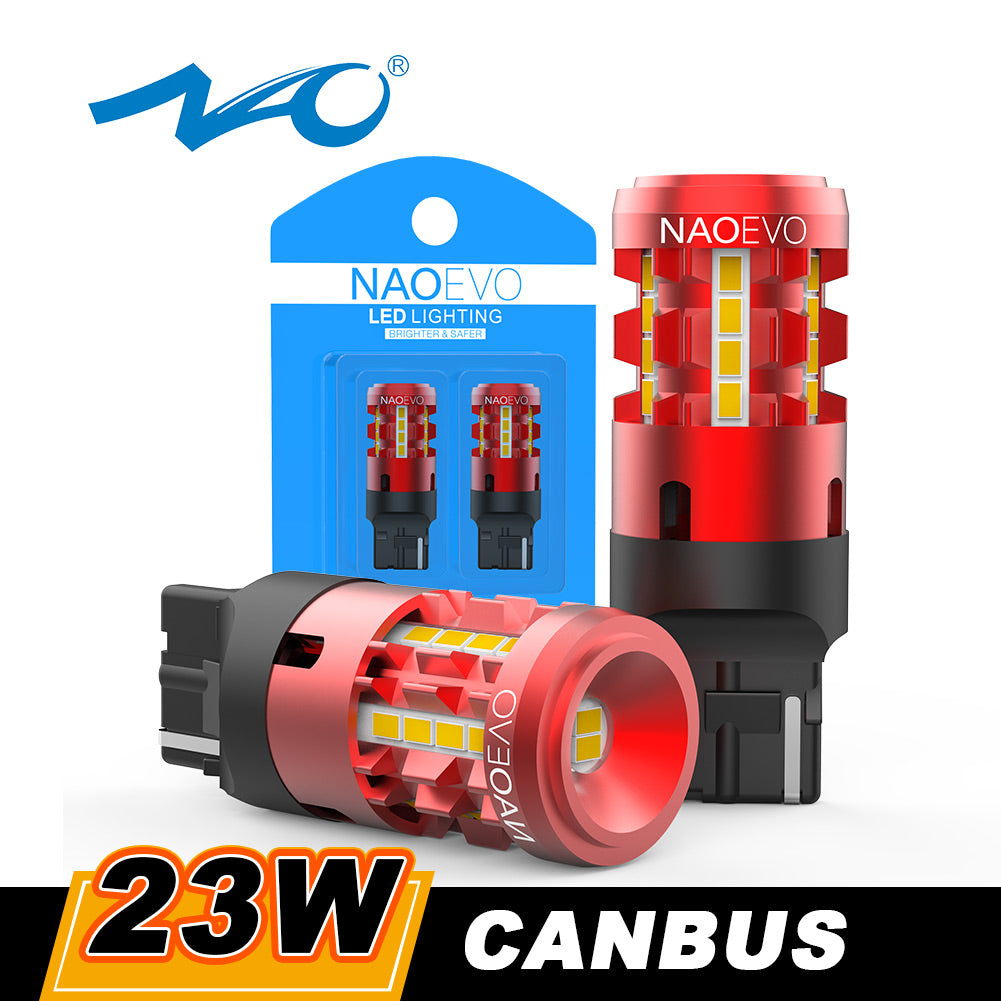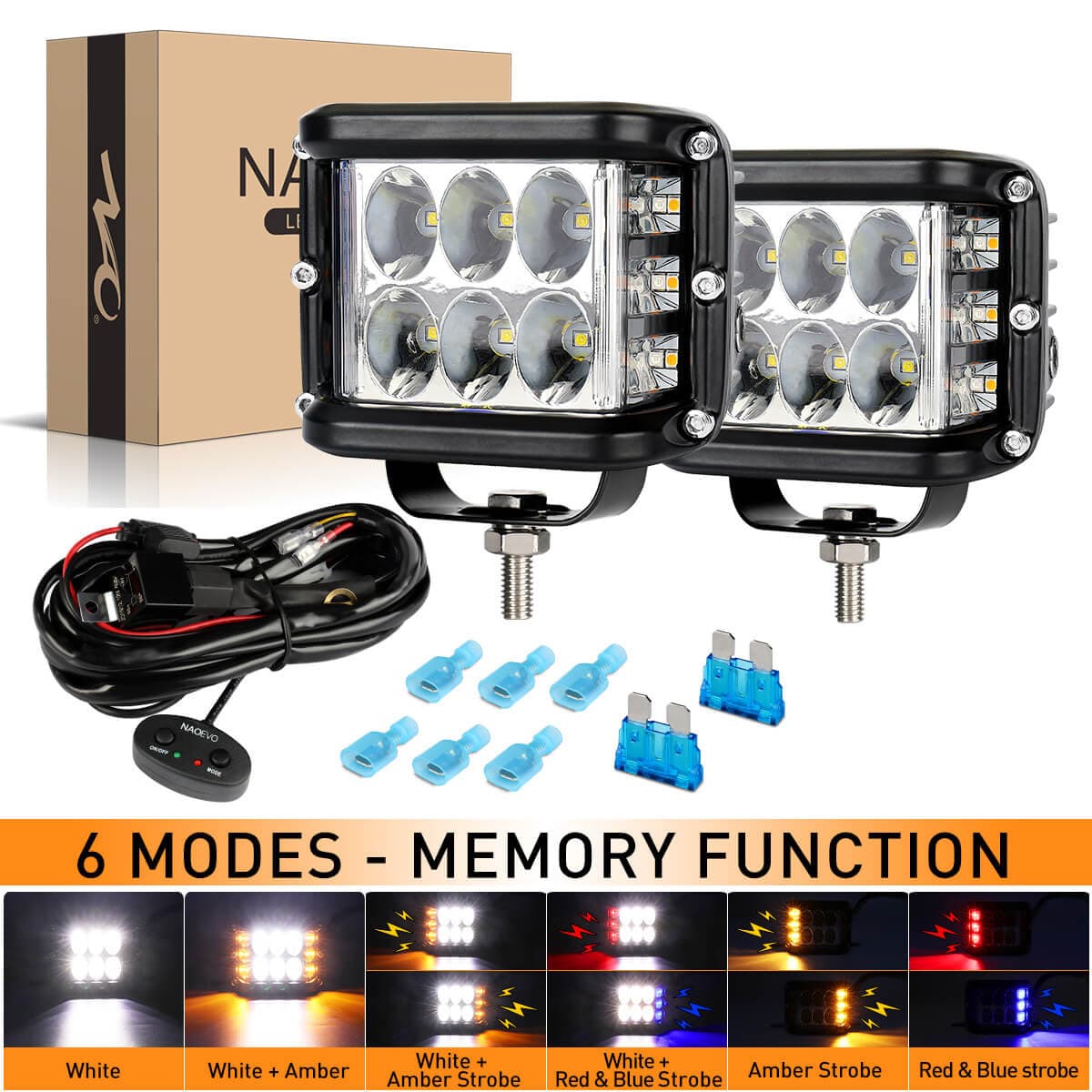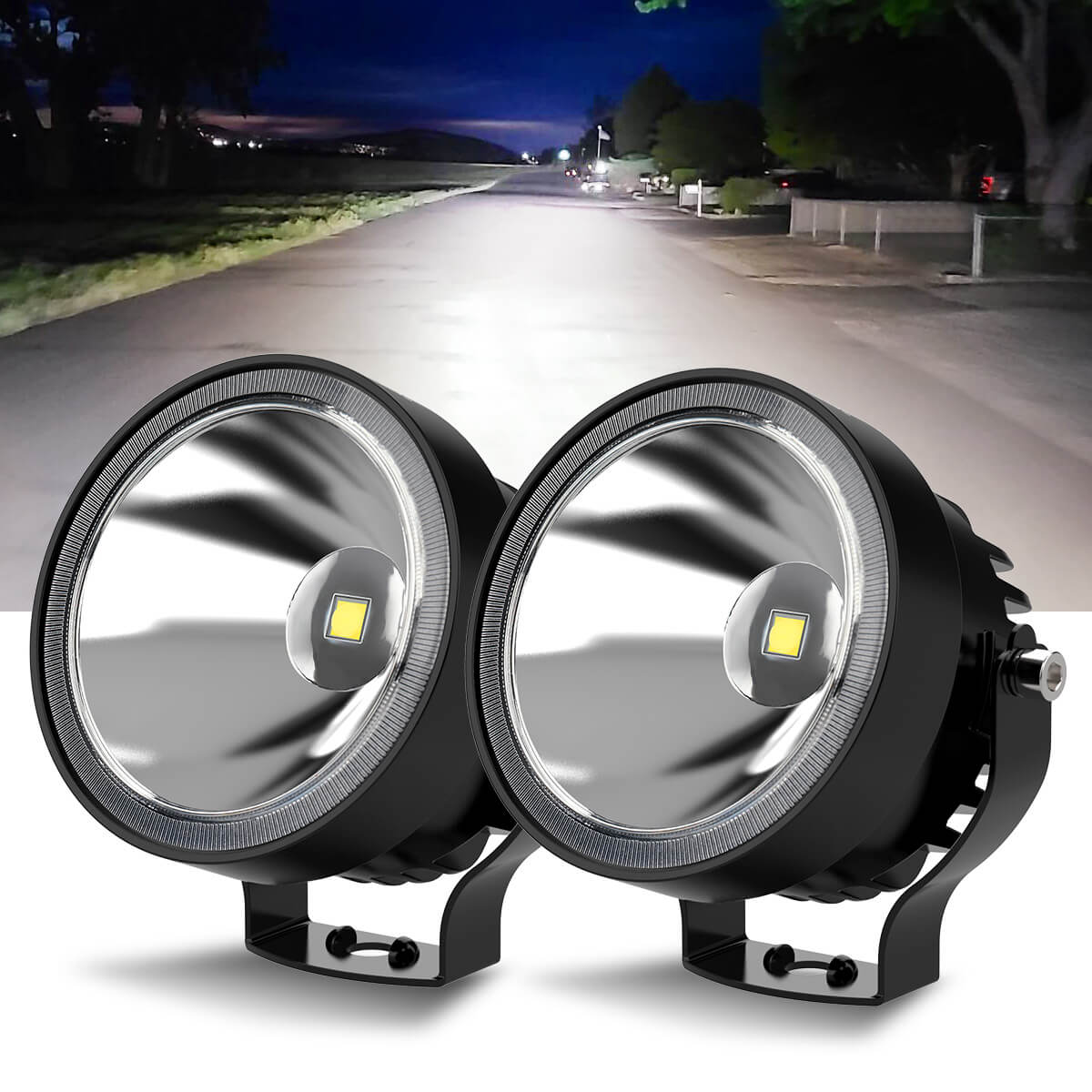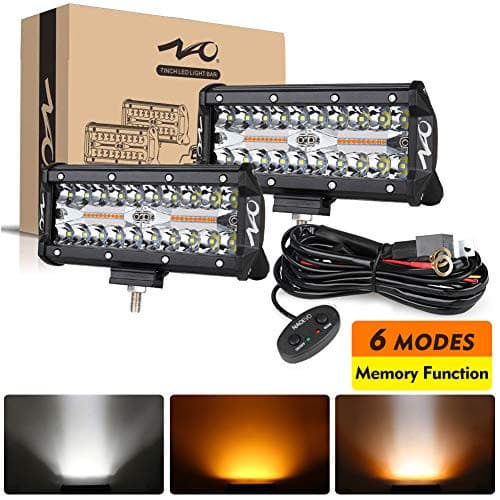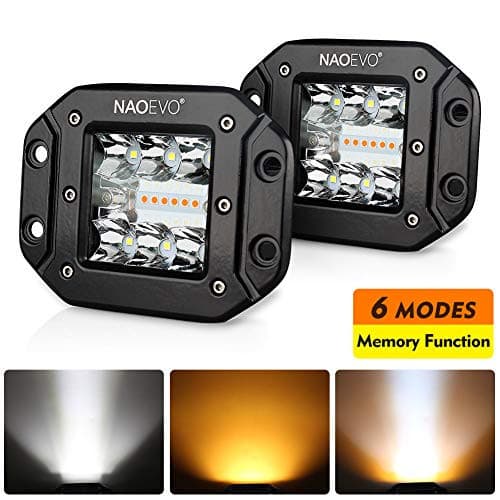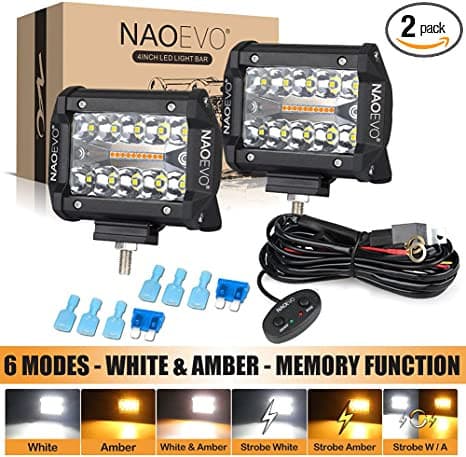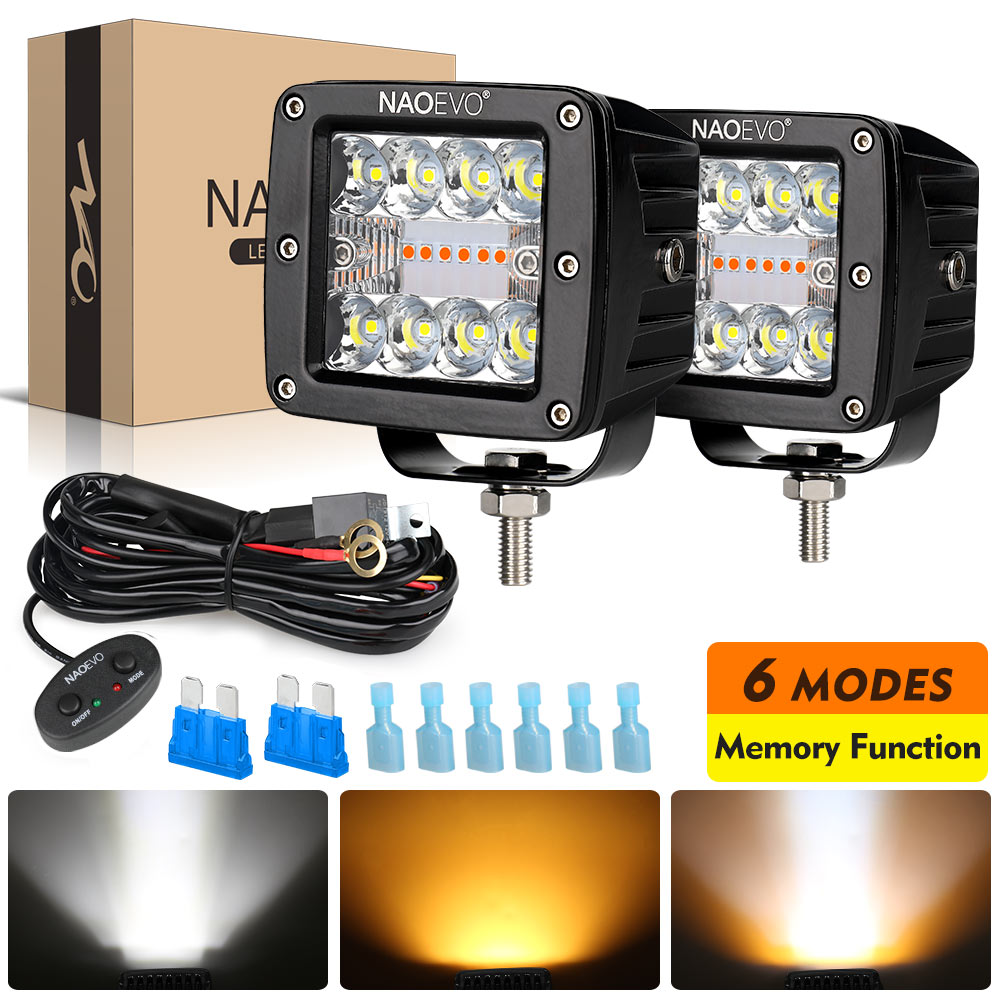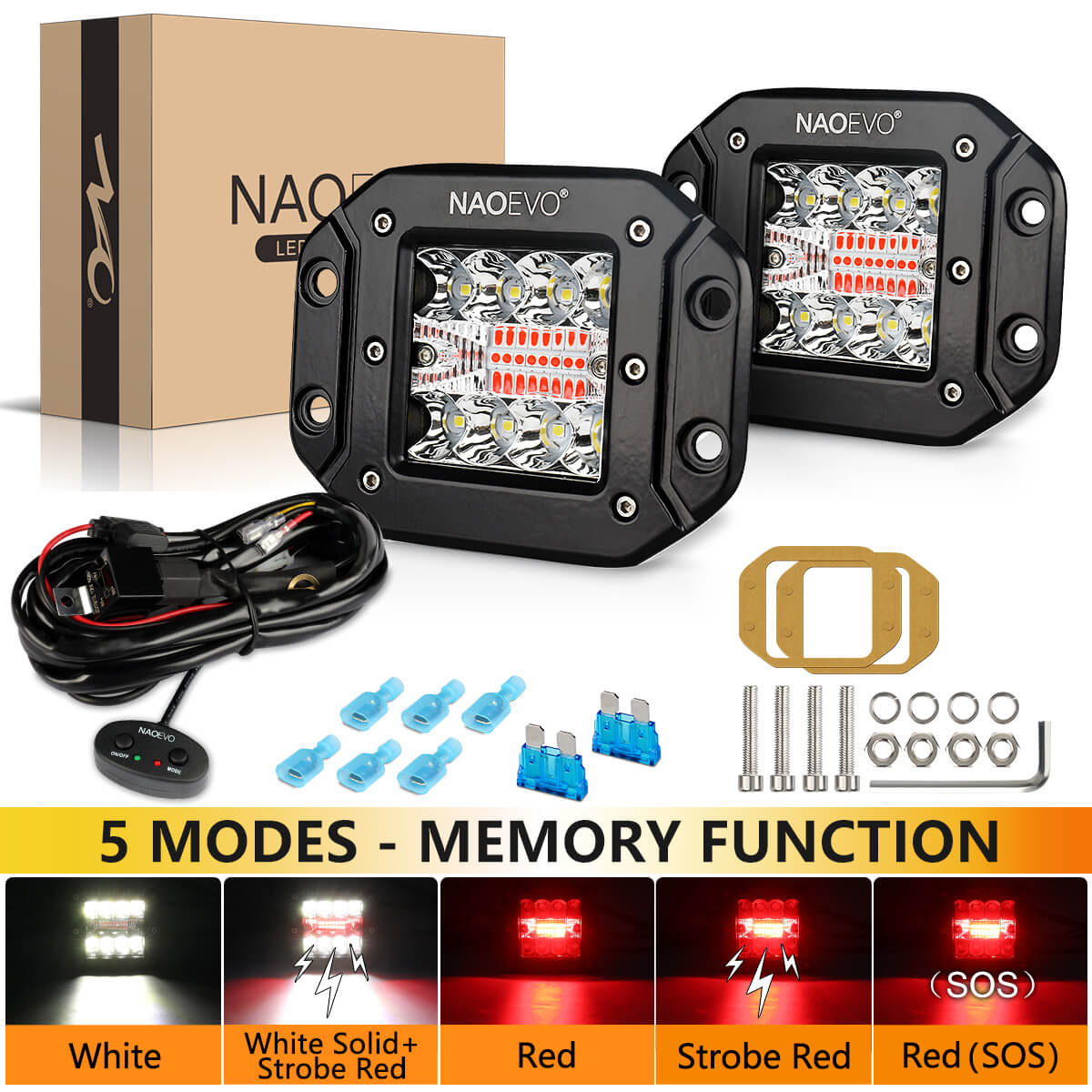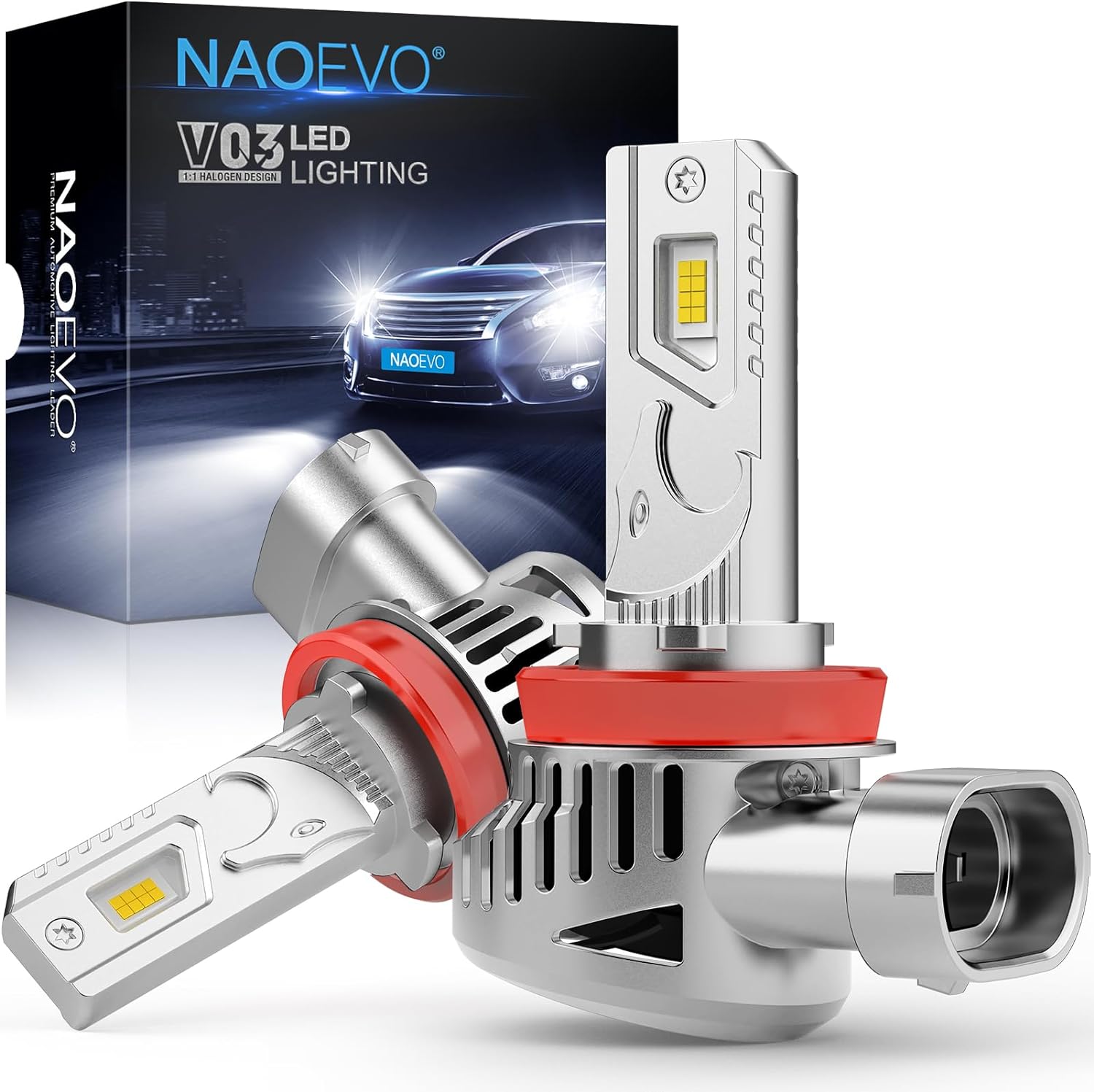Menu
Your cart is empty
Looks like you haven't added anything to your cart yet
Featured products
From Oil Lamp to Laser: A Brief History of Automotive Headlights
Can you imagine you are driving a car without headlamps, or a car light up with oil or candles? It’s hard for us to visualize today, but they have existed in the past life indeed.
Modern automotive lighting has been a global mega-trend at present. More than a hundred years since the birth of the automobile, every part of the car has been through a drastic development. Among the thousands of components of a car, the development of the headlights can be described as “remarkable”: after several technical iterations, they started from scratch, from dark to bright, from bright to safer and cool. They have evolved from a single lighting function into an important part of car design.
Modern car headlights are a world far away from the year of acetylene or oil lamps. Till now, LED headlight bulbs provide a better and wider range of vision without causing drivers a bunch of money, and are increasingly becoming mainstream in new car models.
In this blog, we’ve taken a view of how car headlamp has evolved from the 19th century to today!
Oil (kerosene) Lamps

(You couldn’t even see the headlights from the world’s first automobile)

Horseless carriages were the primary way of transportation before the advent of the automobile. These carriages had lamps with candles and oil burning. The automobile did not appear until the late 1880s, however, the primary consideration for the car designers is how to make the car run quickly and steadily, and few of them would think over the lighting on a vehicle.
Although the electric light bulb was invented by Thomas Edison in 1879, the lighting on the automobile was not electric headlamps. Then, the kerosene lamp on the carriages became the earliest headlamp for cars. Their main purposes - forward visibility and letting others know of your presence. To make the light more concentrated, these headlights are constructed from a lantern with a reflecting mirror, which is the earliest prototype of car headlamps.
Acetylene lamps

The first prominent improvement in headlamps in the U.S. occurred in 1906 when acetylene headlamps appeared. Although the first vehicle that came with incandescent headlamps was born as early as 1898, they got trapped by the factors of the short lifespan of carbon filament and the immaturity of vehicle generator technology. Compared with that, acetylene headlamps are relatively mature and stable in brightness, which became the first choice for vehicle headlamps at that time!
Gas for the acetylene light source was generator by water dripped onto the calcium carbide slowly and then ignites the acetylene and burns to emit light for lighting purposes.
However, their disadvantages are also obvious:
1. During cold weather, the water would freeze and stop the gas generation process.
2. These headlights required regular cleaning of the nozzle tip where the gas flame burned.
3. Driving in the bad weather could be a nightmare for drivers since the gas flame was easily going out in gusting wind and rain.
4. A lot of harmful substances would be produced during the use of these headlights.
5. The light source was rather large and unstable, there was poor control of the light beam pattern.
Electric headlights

(In 1898, Columbia Electric Motor Company equipped the first tungsten headlights in an electric car)
In 1911 the first electric headlamps were installed as standard equipment on some U.S. passenger cars, but they were not widely used. In 1912, the first vehicle-wide wire harness and some electrical systems were installed. A year later, spiral tungsten lamps appeared in the world. Compared to fragile carbon filament, these light bulbs had made a great improvement in brightness and vibration resistance, which created the conditions for large-scale use of tungsten lamps.
Lens-Focused Headlight

(One of the first optic headlamp lenses by Corning Glass Company)
As the brightness increased, the traffic accidents caused by the glare of headlights were becoming more and more serious. In 1915, Guide Lamp Company launched the first headlamp with low and high beam adjustment. It is a pity that this headlamp system can only adjust for the height instead of the illumination range.
Following that, Corning Glass Company, NY, developed a glass headlamp covered with a beam adjustment function to reduce glare. Does it work well? It’s hard to tell how it would be compared to modern headlights today, but it was regarded as a major safety innovation and was leaps and bounds above anything at that time. It’s the ancestor of all modern auto lighting.
Double filament lamp: Bilux by Osram

(1924, Osram Bilux Bulbs with two filaments for Hi/Low beams)
In 1924, Osram introduced the first double filament lamp to the world. It integrates two filaments for high beam and low beam. The filament for high beams produces high power and is located in the focal point of the reflector bowl for forwarding lighting. While the low beam filament is set in front of the focal point and the reflected angle is towards the ground.
The driver can switch high beam or low beam freely in the car, when meeting others traffic, the high beam filament goes out, and the low beam lights up. When there’s little traffic in the opposite direction, the two filaments light up simultaneously. This was the ancestor of the H4 headlight bulb as we know today.
Sealed Beam Headlights

(1964 Chevrolet Impala uses sealed beam setup)
Sealed beam headlights were first introduced in 1939. Anyone who has worked on the American market from 1939 until the early 1990s knows about these guys. These seal beam headlights are composed of the reflector, filament, housing, and lens, meaning that the entire unit is sealed and none of the parts can be replaced separately. Once the headlights burned out, the whole headlight assembly needed replacement.
They provide a more focused, brighter light for cars with a tungsten filament. However, the shortcomings of these bulbs were that they consume a large amount of power to produce little light, and the boiling filament often leaves dark residues on the glass, which would limit the amount of light that passes through.
Because the headlight is sealed, and can not be changed separately, they were also the method for the US government to ensure all the cars were using the same government-approved lights. Until 1983, a big change happened when composite headlights were allowed to be utilized. It took a few years for the sealed beam to be weeded out in almost all applications.
Halogen bulbs

(Structure of H4 halogen bulb)

(Different types of halogen bulbs for car)
With the development of headlight technology, the incandescent bulbs gradually can not satisfy the basic demand for driving at night as they produced dim yellowish light.
Around 1960, “Hella”, a well-known manufacturer in the automotive headlamp industry, began to add halogen elements into the tungsten filaments of the headlights, when the bulb lighting up, it releases inactive gas which greatly increased the visibility of incandescent bulbs by 50% and increased the lifespan by four times. This is what we called “halogen headlights” today.
After that, halogen headlights became the standard tech in Europe. Again, the U.S. lagged behind due to the outdated regulations. It was not until the late 70s that halogen headlights became standard for Americans.
Composite headlights

(1984 Lincoln Mk VII was the first vehicle with composite headlamp assemblies)
Before the introduction of composite headlights, burning out the lights meant that the whole unit needed to be replaced, which was costly. Mostly, this all-in-one assembly would limit the visibility due to the residue on the glass. Though composite headlights were gradually allowed, they were limited for US-market cars at that time, but in Europe, they were accepted and prevailed.
Then in 1983, the Federal Motor Vehicle Safety Standard 108 was amended to allow composite headlights to include replacement bulbs. Instead of replacing the whole unit, all you need to do is to take out the bulbs - the housing, reflector, and lens were all permanent.
Since composite headlight units made it possible to replace the bulbs rather than the whole assemblies, the halogen bulbs became the most popular choice for headlight bulb replacement.
Projector lens headlights

(Projector headlamps on an Mercedes Benz C-Class)
Projector headlights are also known as poly ellipsoidal lamps, projector headlight first appeared in 1981 on the Audi Quartz, and used as the main standard headlight was on the 1986 BMW 7-Series.
It places the bulbs in the middle of the cup-shaped reflector, and the light is focused into a convex lens which can produce a clear beam pattern. Some projectors switch the low beam and high beam by moving the shield, allowing a better and higher illumination.
High-intensity discharge headlamps

(A Lincoln showing HID lights)
High-intensity discharge (HID) lamps were introduced in the early 1990s and became popular in the 2000s. HIDs were quickly picked up by the aftermarket as they produce light by creating an electrical arc between two metal electrodes through an inert gas, inside a glass bulb.

(Halogen vs HID bulb in brightness)
The advantage of these bulbs is that they give off a brighter light, and could even reach their full brightness shortly. One of the remarkable achievements for HIDs is that they tend to have a unique color base on the different spectrum of light, but usually, they emit blue light. HIDs should be used with the projector lens headlamp to produce a very effective light with less power consumption. In contrast to halogen headlight bulbs, HIDs have made a drastic improvement in lifespan, brightness, light beam pattern, color temperature, and durability.

(Different types of HID headlight bulbs)
However, HIDs produce more glare than halogen headlights if they do not go with optical lenses. HIDs are also ineffective in foggy conditions and the cost of HIDs is still very expensive!
LED headlight bulbs

(High-end S3 series LED headlight bulbs from NAOEVO )

(Quality LED headlight bulbs produce clear and standard light beam pattern)
Light-emitting diodes (LED) are the next giant leap in automotive lighting. They are more expensive than halogen headlights but cheaper than HIDs. LED headlight bulbs are likely to become the mainstream of the automotive lighting industry as they produce very effective light sources with little energy consumption, they are brighter than halogens and HIDs, and last an incredibly long time.

(2004 Audi A8 is the first car to use LEDs as daytime running light)
In2004, LEDs were first used as automotive applications, they were used in the Audi A8 as daytime running lights. In 2006, the Lexus LS 600h became the first car to use LEDs in low beam headlights while the high beams were traditional filament bulbs. Just a year later, V10 Audi R8 became the first car to use LEDs in every headlight sections.

( LED headlight bulb vs halogen headlight brightness)
Due to a lower cost, more than 90% of the vehicles leave the factory still installed with halogen headlight bulbs, and more than 90% of the reasons for changing the halogens are due to the poor illumination. Compared with halogens and HID headlights, LED headlight bulbs greatly surpass them in brightness, cost, lifespan, and widely become the No.1 choice for upgrading their headlights. More details can be see from our previous blogs LED or Halogen Headlight? Which is Better For Driving?
Laser headlights

(BMW i8 became the first production car to be sold with laser headlights)
Even though it sounds like something out of a James Bond film, laser headlights are the newest form of automotive lighting technology. The first production car to go on sale with this state-of-the-art technology is BMW i8 became the first car to go on sale with laser beams emitting from its headlights.

(The laser light in i8 shoot back onto the projector that spreads the light out)

The working principle of laser headlight is that three diodes shoot a blue laser into a prism that focuses into one beam. The beam is passed through the phosphorous lens and transfers the blue light into white, then, hitting the reflector and direct the light beam onto the roads.

(Laser headlights produce further light than LEDs)
One of the biggest differences between laser and LED headlights is that the laser unit is 30 percent more efficient than LEDs and can illuminate nearly double viewing distance (to around 6,500 feet, around 18 football fields of lit up the road) than that of LEDs. At the same lighting performance, the energy required by laser is less and volume has greatly reduced.

Another excellent feature of laser headlamps is that it makes the car headlights fully controllable. LED headlights can only control the individual LED chip to achieve lighting performance, but laser tech allows drivers the capability to modify the beam according to different driving conditions. For example, laser headlights can illuminate obstacles and pedestrians with separate beams, so that drivers can see the road clearly. Such technological innovation will have a revolutionary impact on automobile safety.
Meanwhile, safety and durability are the two major drawbacks of laser headlights. Laser headlights produce a large amount of heat when lighting, which will decrease the lifespan of laser bulbs. In addition, laser headlights produce sharp and strong light which could be dangerous to other road users. The cost of laser headlights is unacceptable for most of us. There’s still a long way to go before laser headlights are accepted by drivers.
Conclusions
Starting from oil lamps to laser headlights, the development of car lights has never stopped. What’s the future of automotive headlights? We’re not sure. But one thing is certain - improving the safety and lighting efficiency will be the top of mind for all auto lighting manufacturers as we head into 2022 and beyond. It is likely to take several years before we see the next iteration of headlights that reach the market! We can only hope that the changes brought by these new technologies will arrive as soon as possible so that the driving on the road can be clearer and safer.
Source:
https://www.hyundai.news/eu/articles/stories/the-evolution-of-car-headlights.html
https://headlights.com/the-history-of-headlights/
https://lightingproviders.net/2019/09/15/illuminating-a-brief-history-of-the-headlight/
https://www.carthrottle.com/post/from-lamps-to-lasers-the-evolution-of-headlights/
https://blog.1000bulbs.com/home/history-of-the-headlight
https://www.caranddriver.com/news/a15348340/out-of-the-dark-the-future-of-automotive-headlights/#:~:text=It's%20been%20more%20than%2020,can't%20fully%20abandon%20them.
- Choosing a selection results in a full page refresh.
